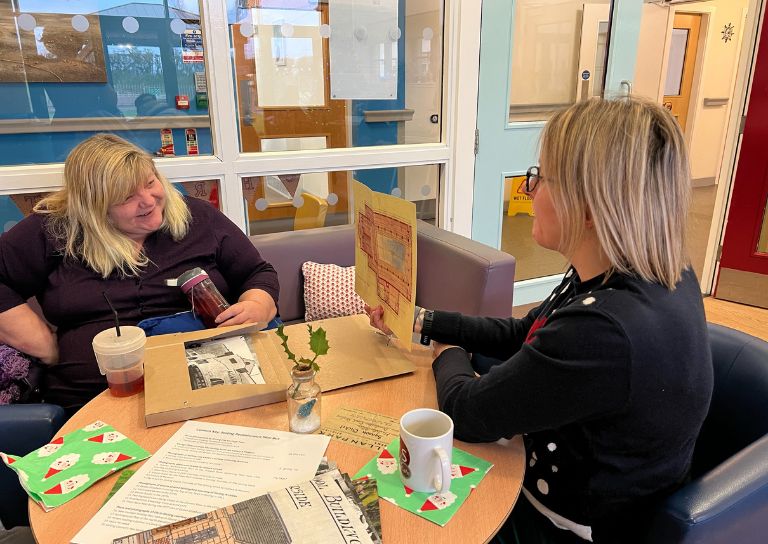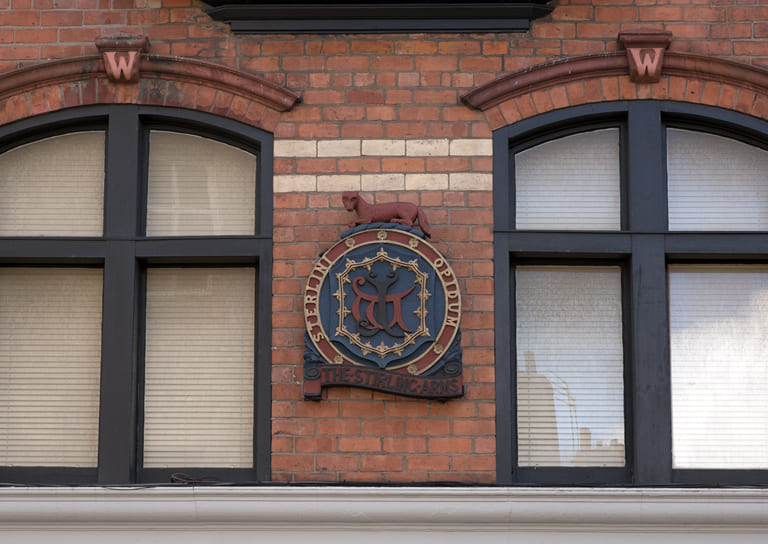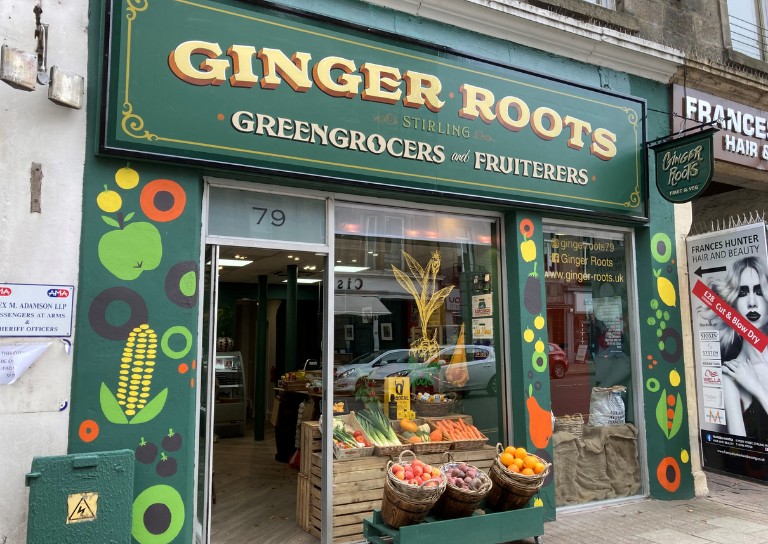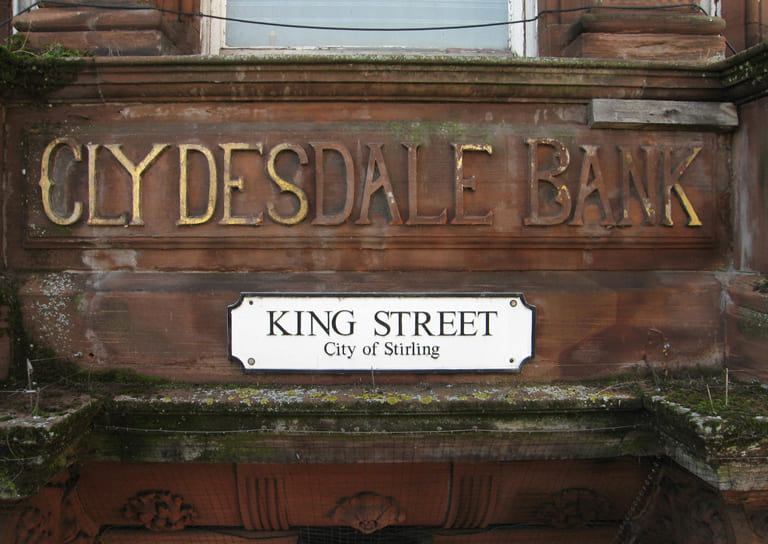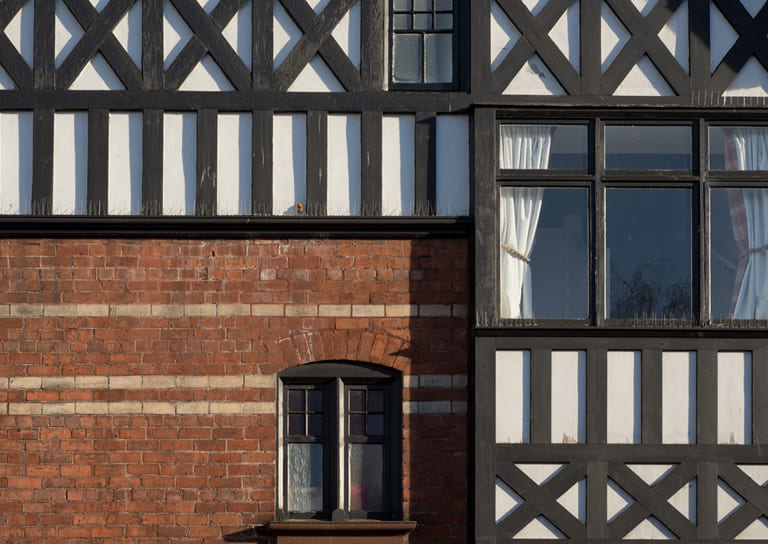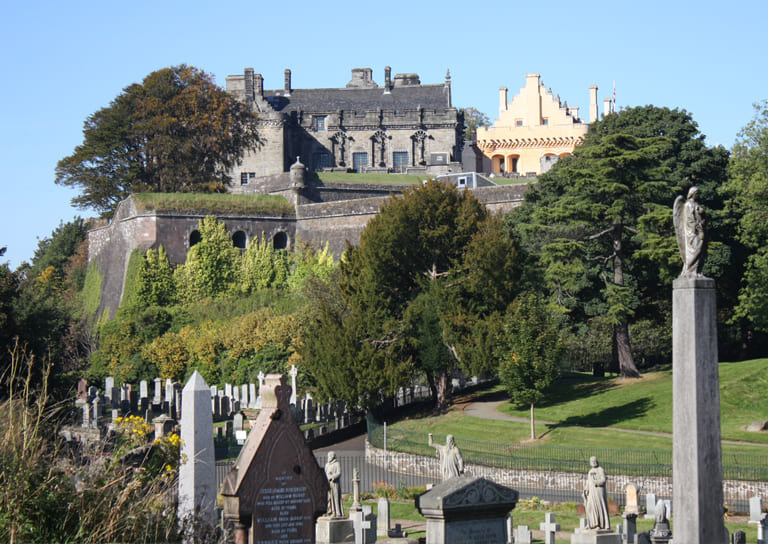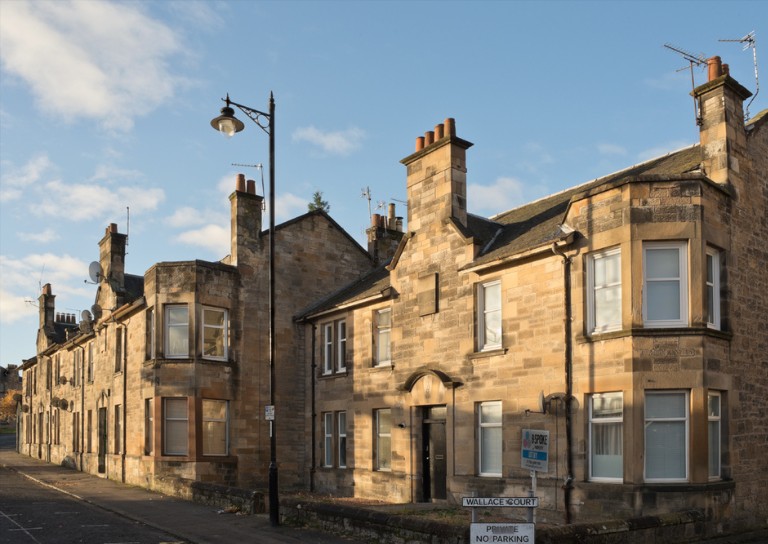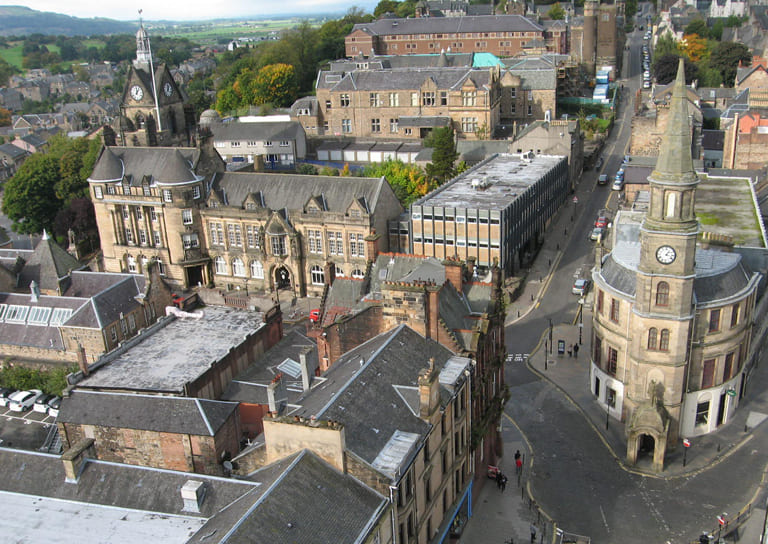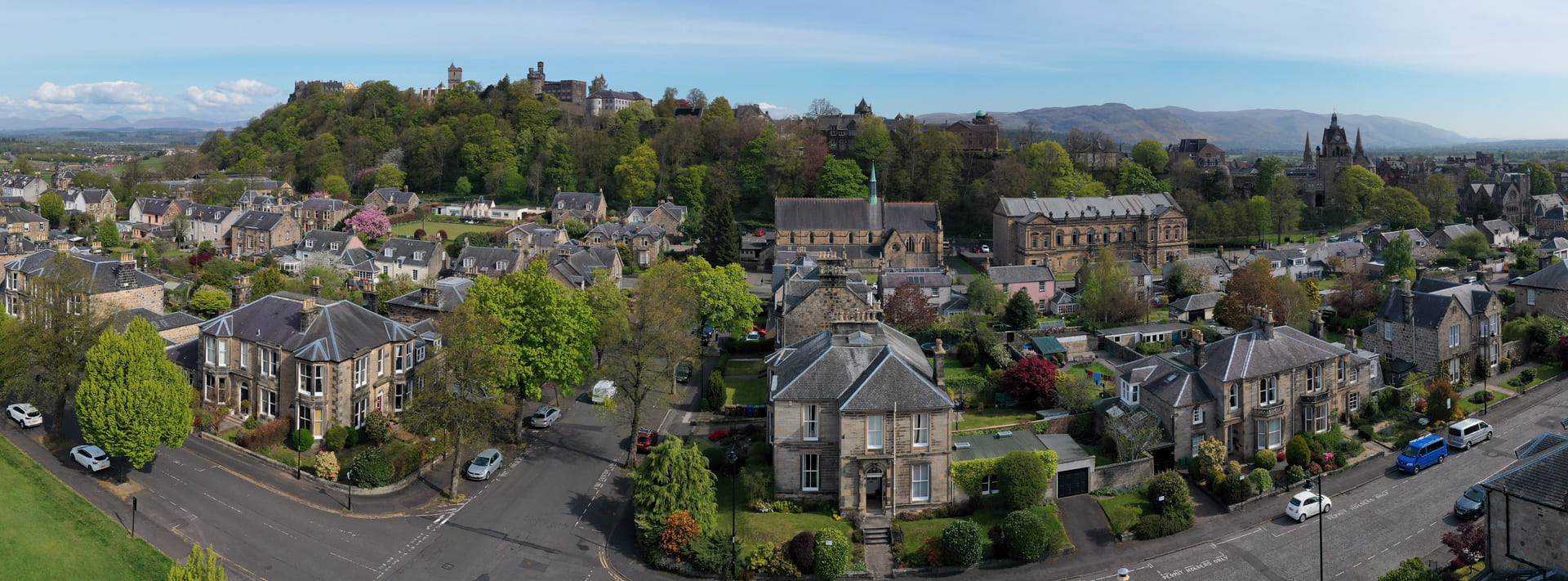- Home
- Our Work
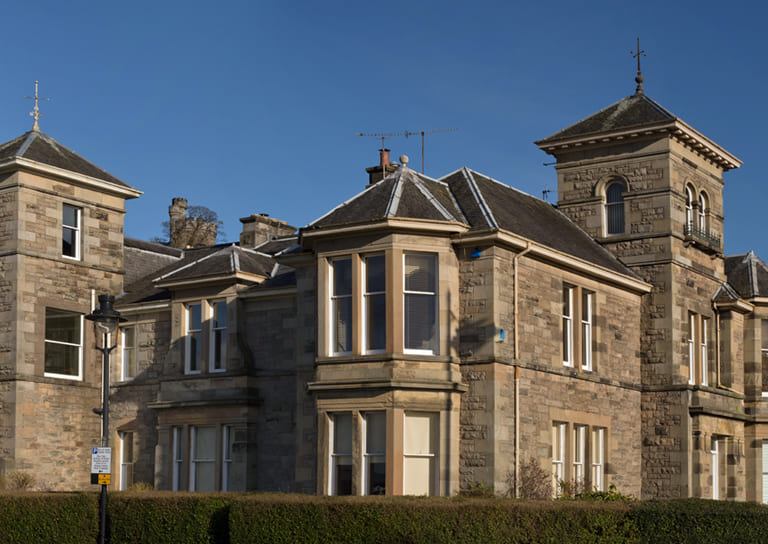
- Stirling's Story
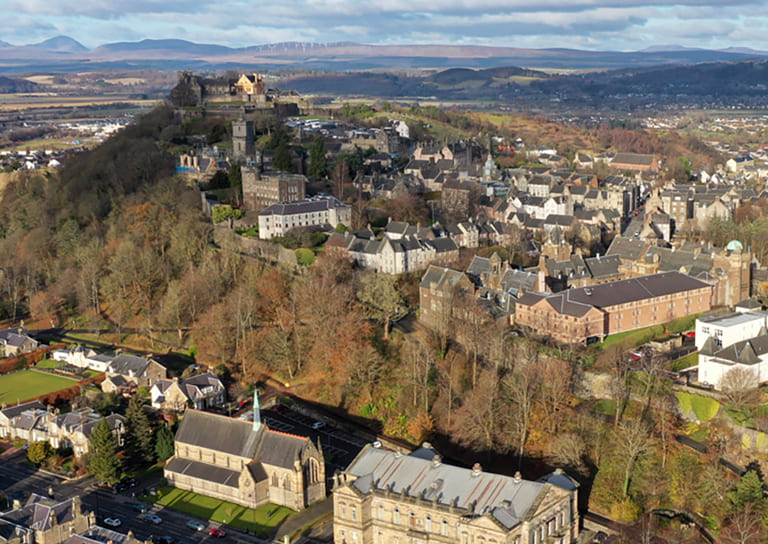
- Blog
- Women in Construction at Bannockburn House
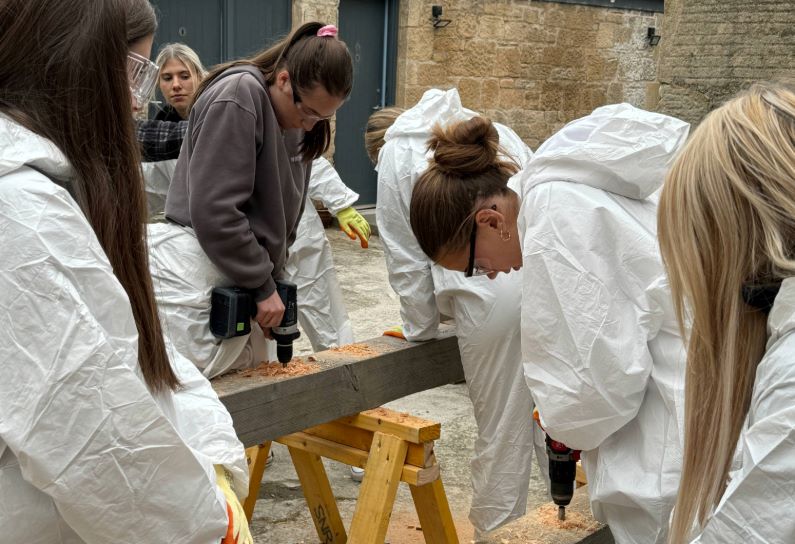
- Avenues to the Past: Stirling’s Historic Streets Exhibition
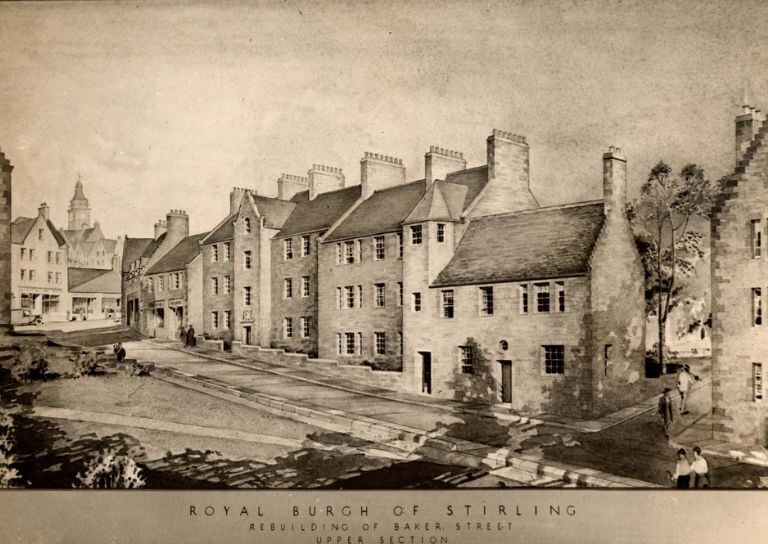
- Stirling Business Awards 2025

- What is a Conservation Area
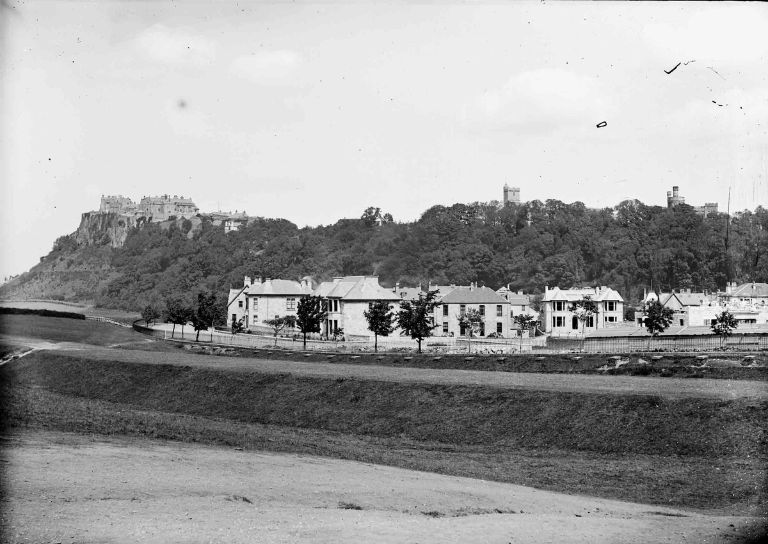
- 20 Great Buildings of Stirling
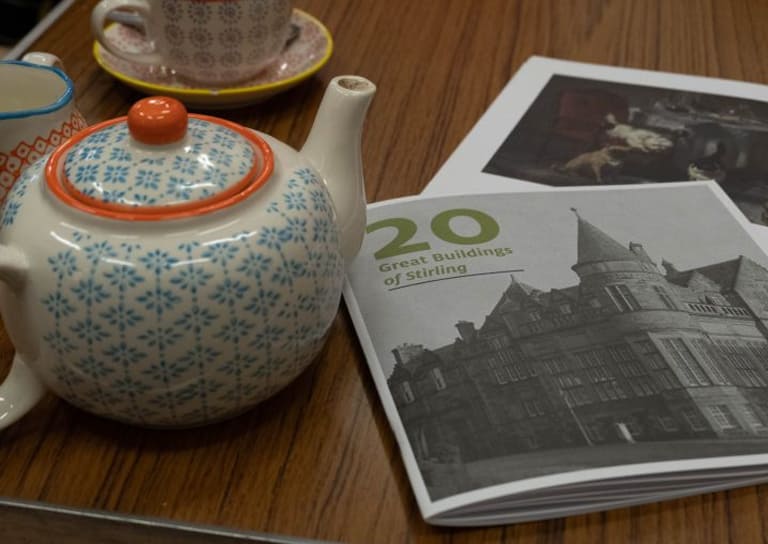
- Reminiscence Art Project
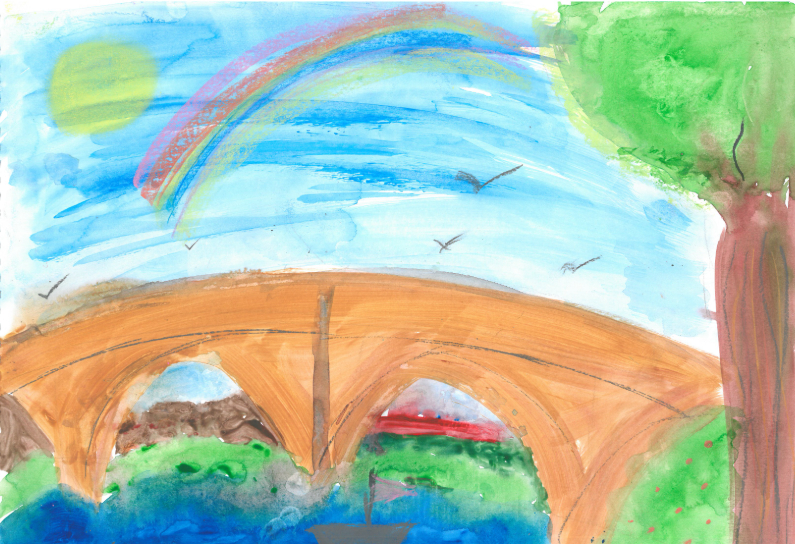
- On the European Stage: Preserving by Maintaining conference, Bratislava
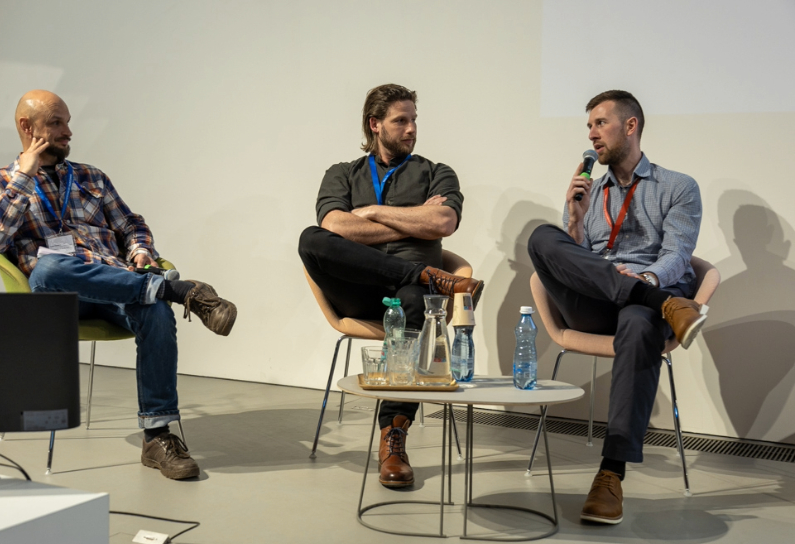
- The Abolition Movement in Stirling
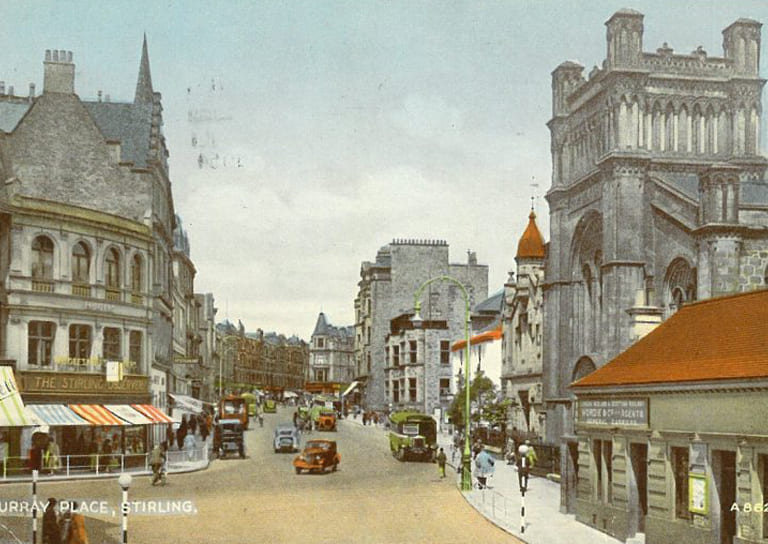
- Practical Workshop on Retrofitting Insulation with A. Proctor Group
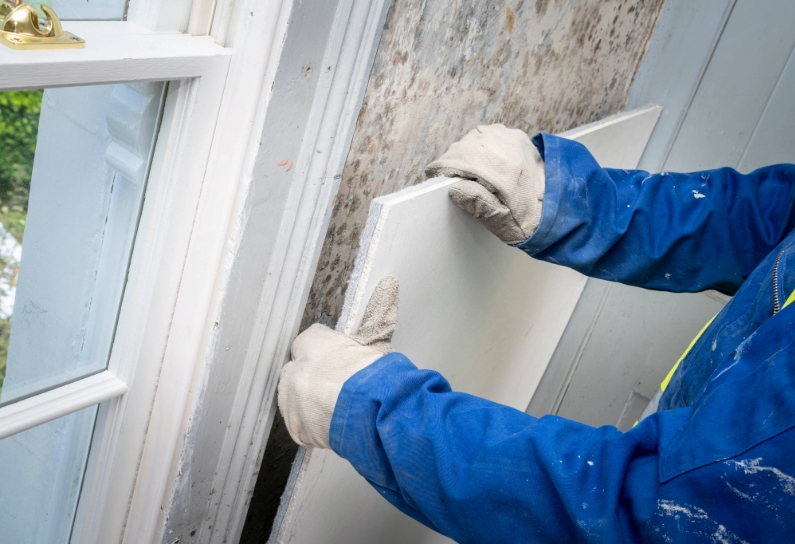
- Walker Family Visit
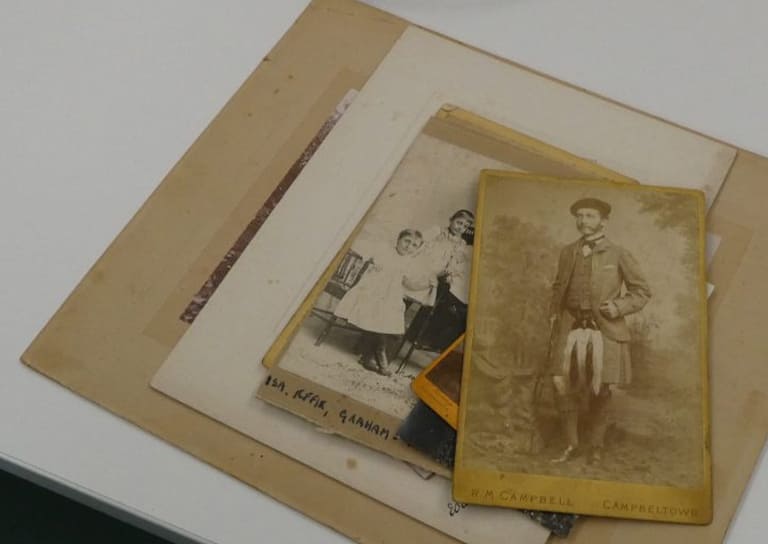
- Ghost Tales from Stirling
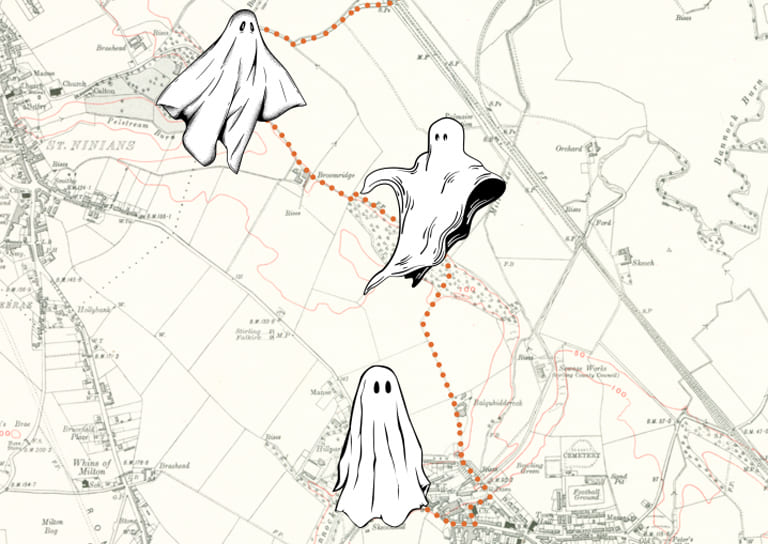
- Snowdon House and The West Indies
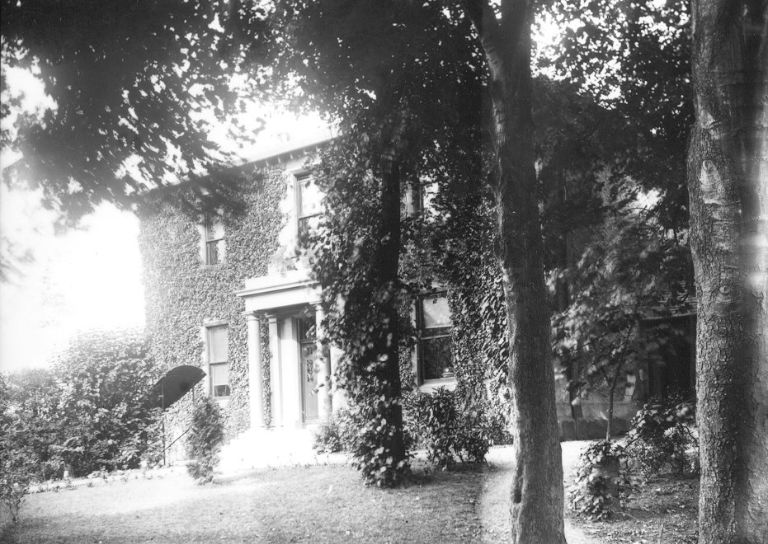
- Stirling’s Streetscape Stories: Photography Workshop
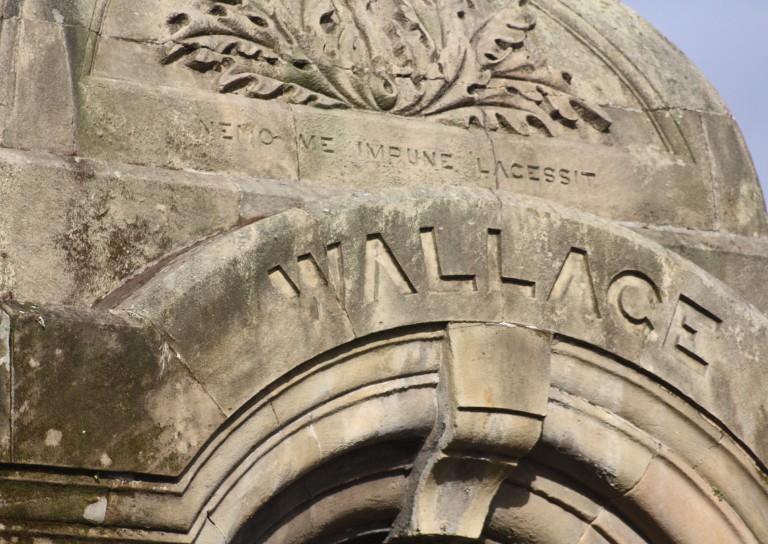
- Stirlingshire’s Highland Games
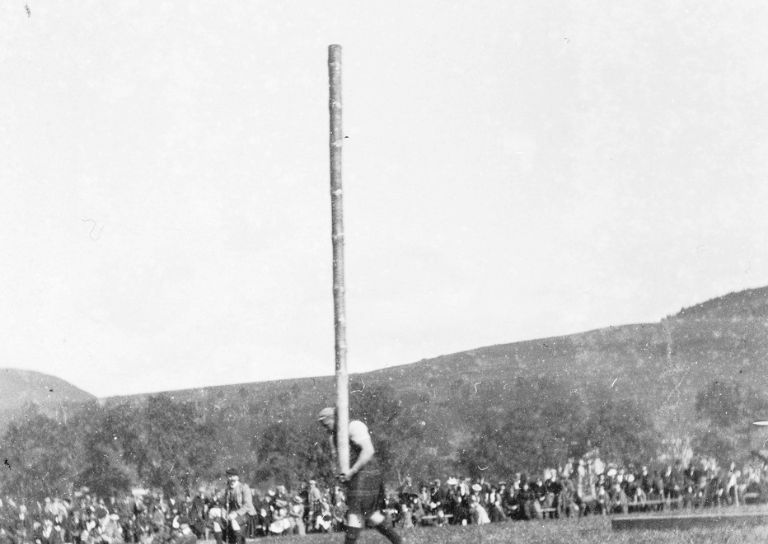
- Creative careers in the heritage sector
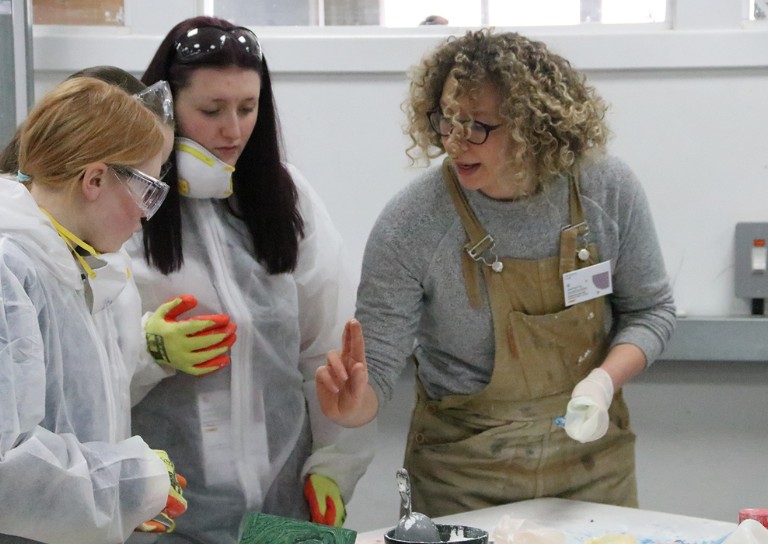
- Postcards From Stirling
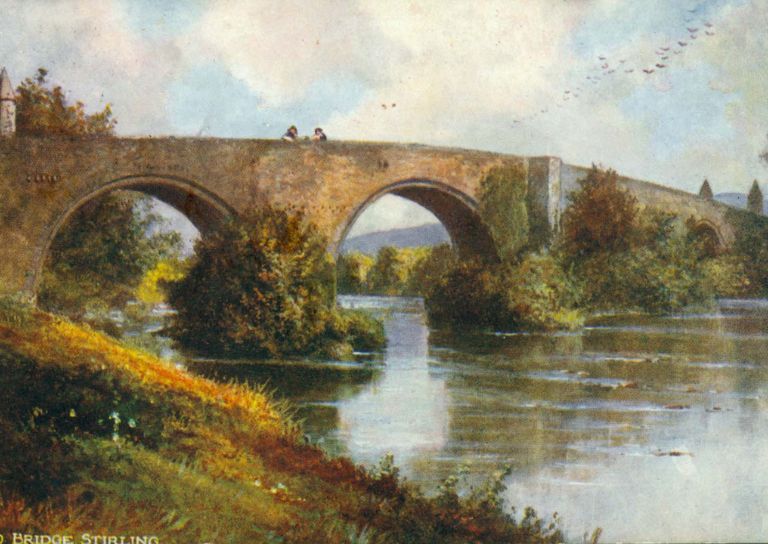
- Stirling’s Gala Days
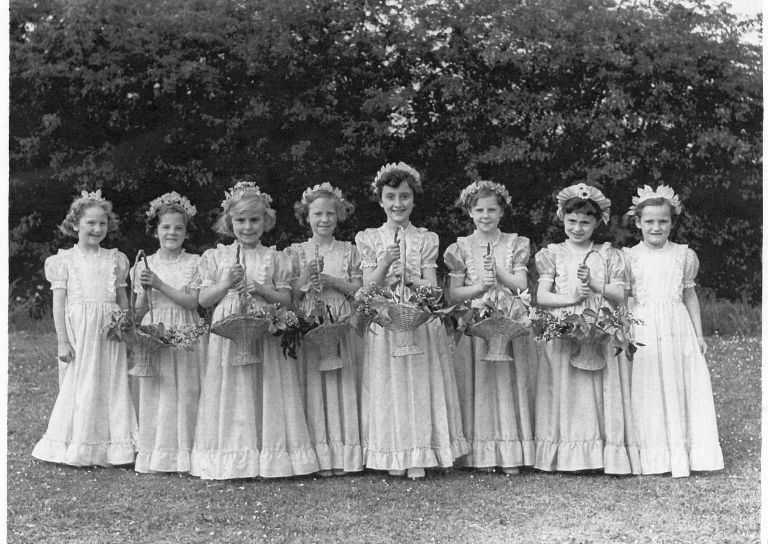
- Building Surveying Student Intern at Stirling City Heritage Trust
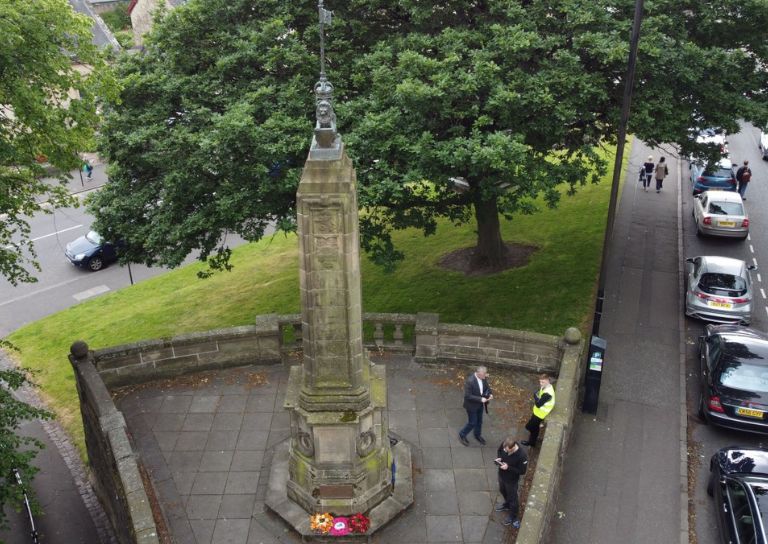
- Heritage Trail: Stirling Walks
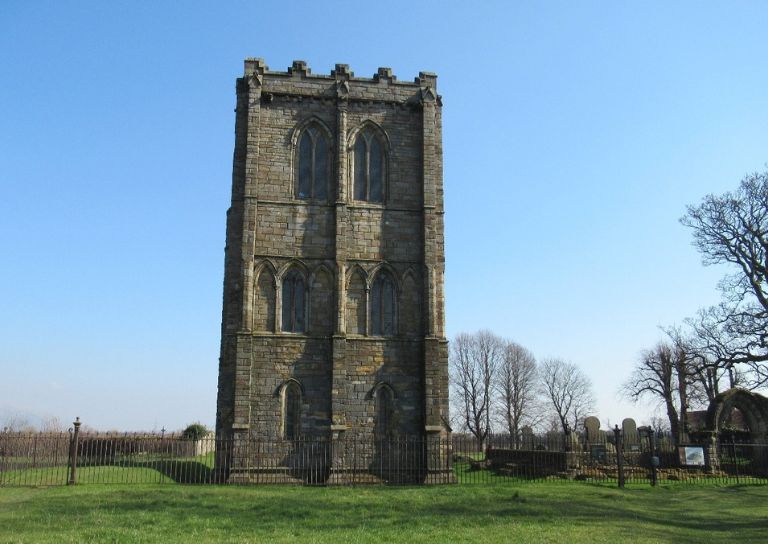
- Local History Resources
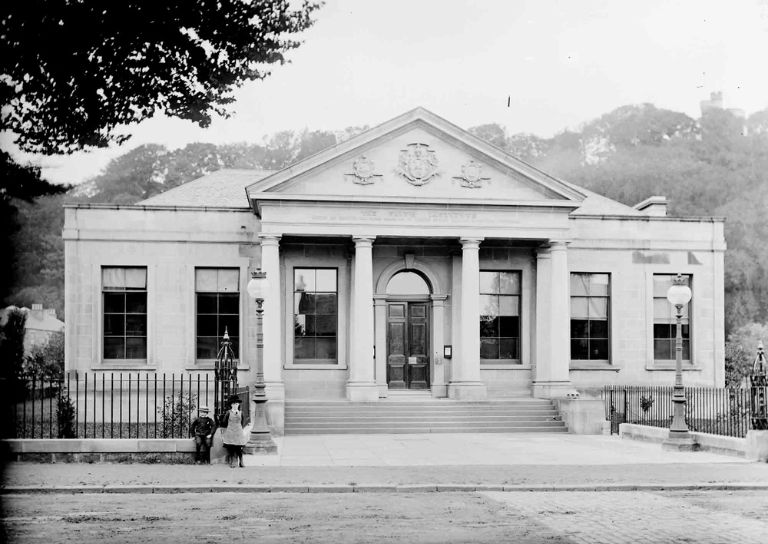
- Stirling Through the Decades
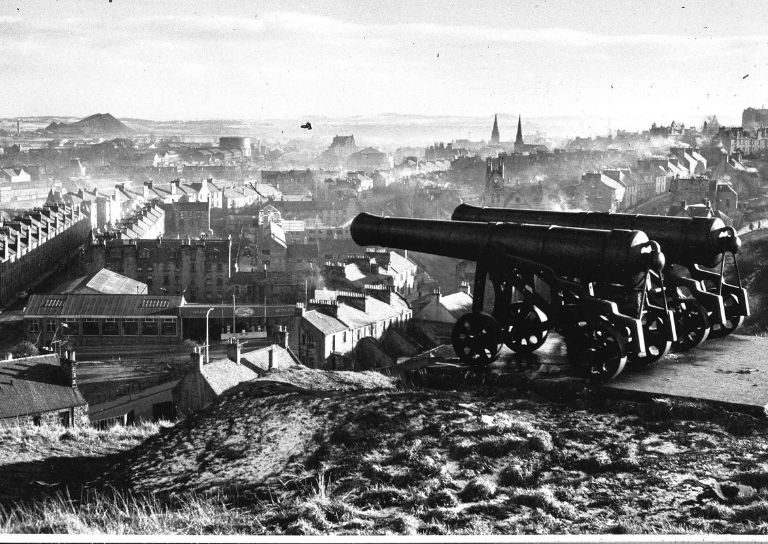
- Stirling’s STEM Pioneers
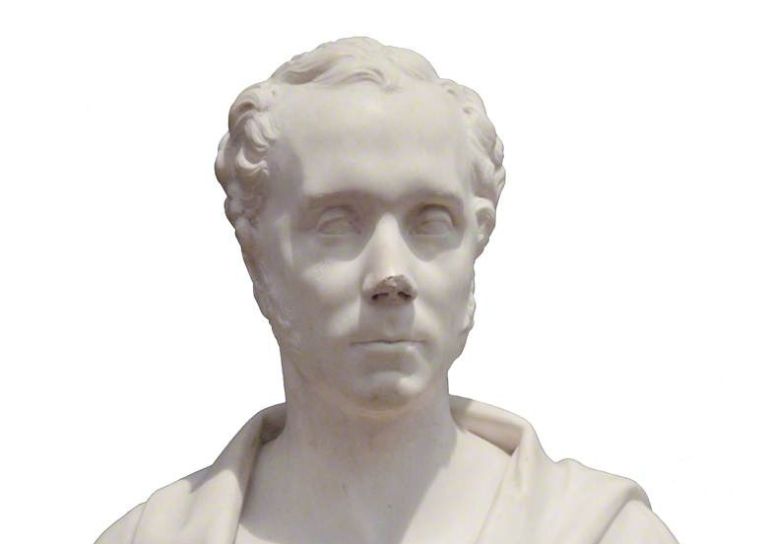
- Traditional Skills: Signwriting
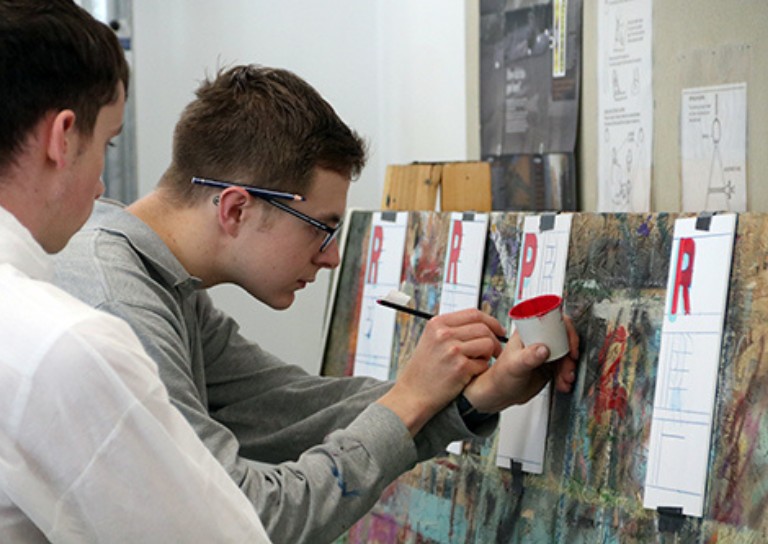
- Christian MacLagan, a pioneering lady, but born too soon?
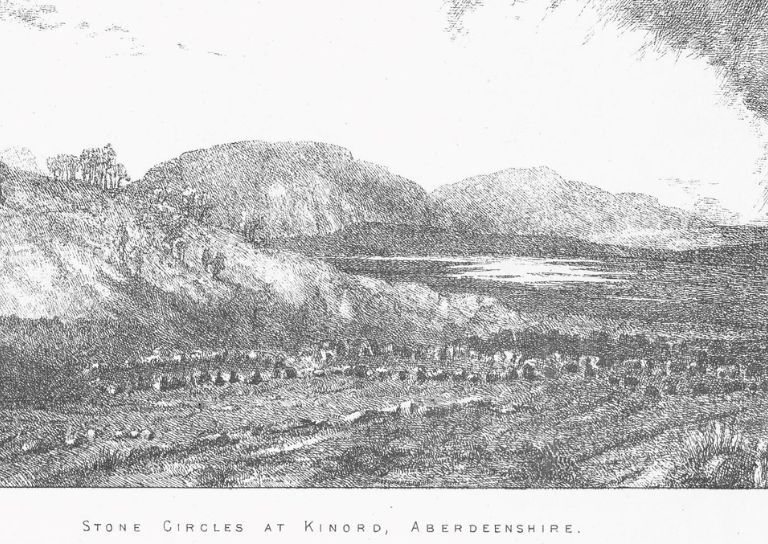
- Traditional Shopfronts in Stirling
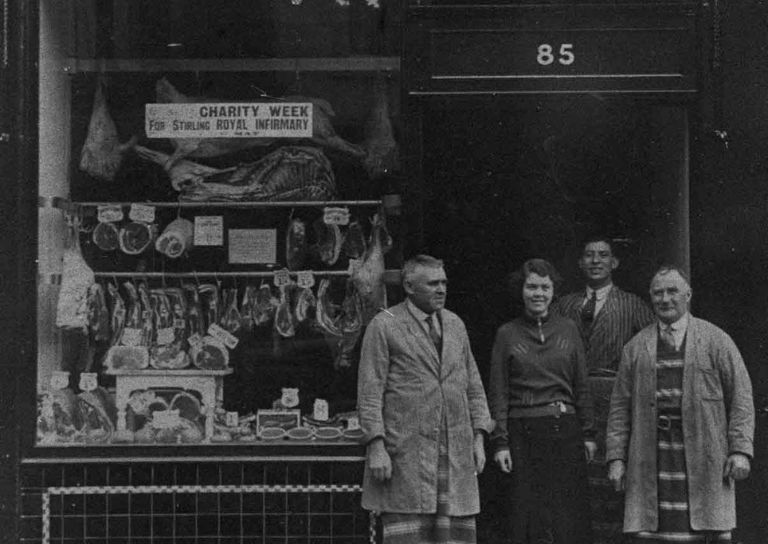
- Stirling History Books for World Book Day
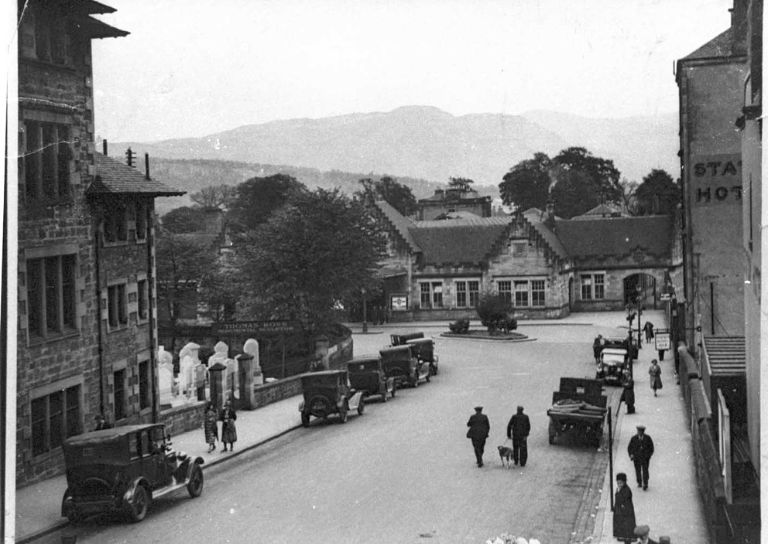
- My Favourite John Allan Building by Joe Hall
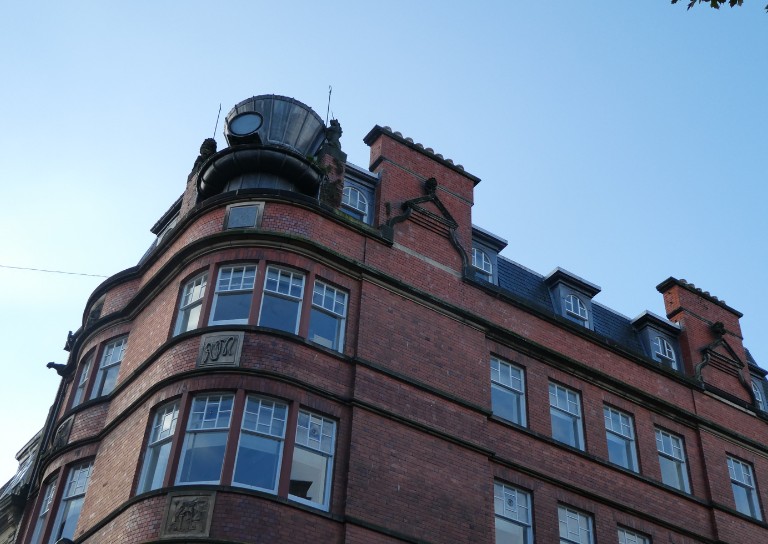
- My Favourite John Allan Building by Lindsay Lennie
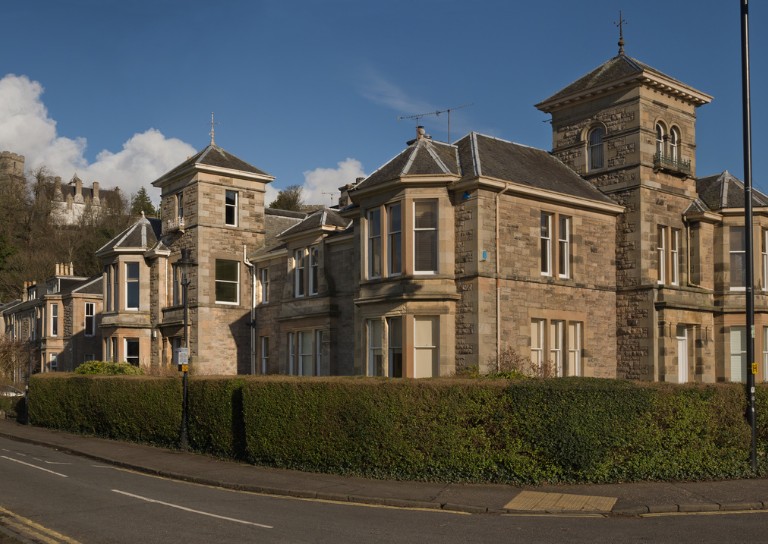
- My Favourite John Allan Building by Andy McEwan
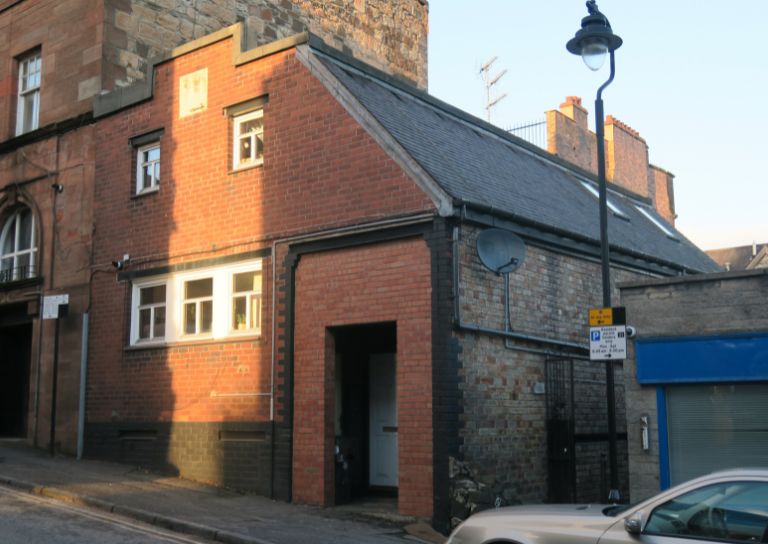
- My Favourite John Allan Building by Pam McNicol
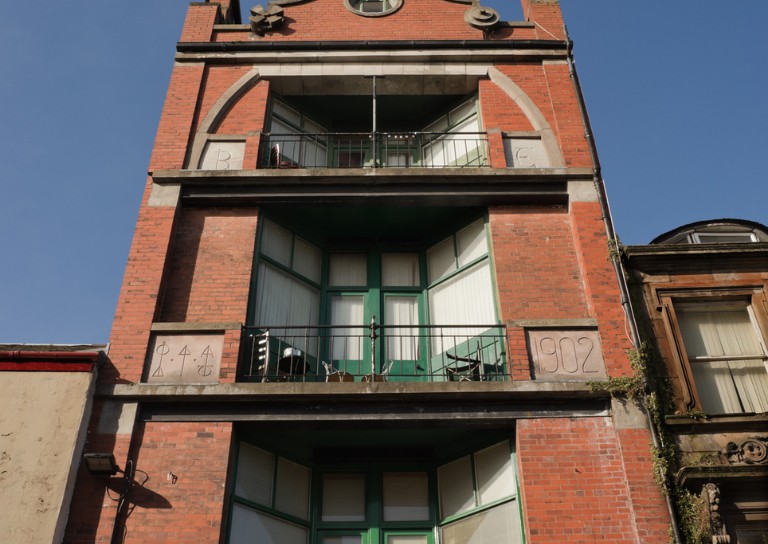
- Celebrating John Allan: A Man of Original Ideas
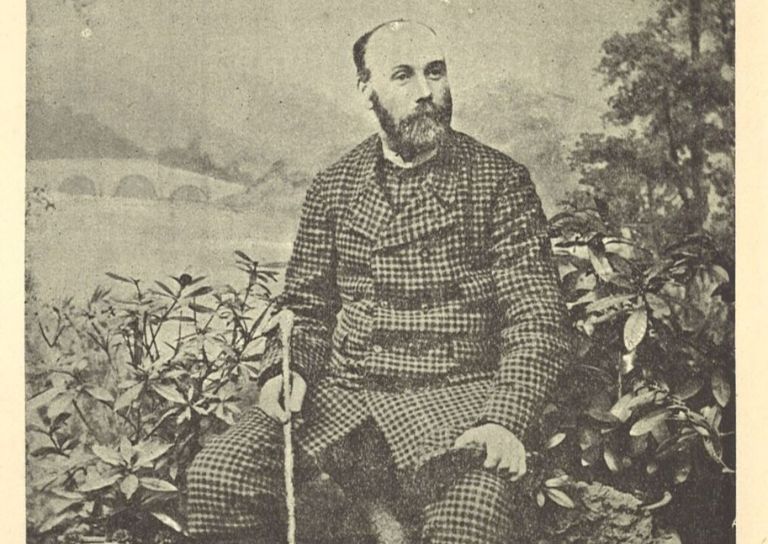
- The Tale of the Stirling Wolf
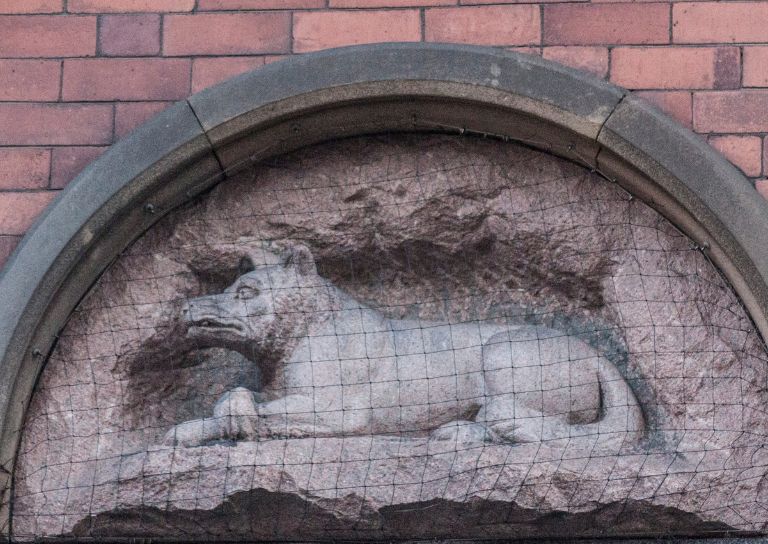
- Stirling: city of culture
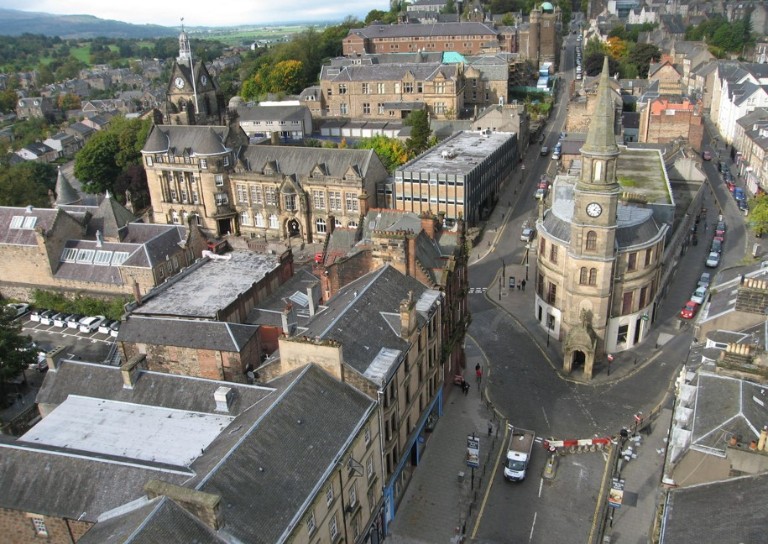
- Christmases Past in Stirling
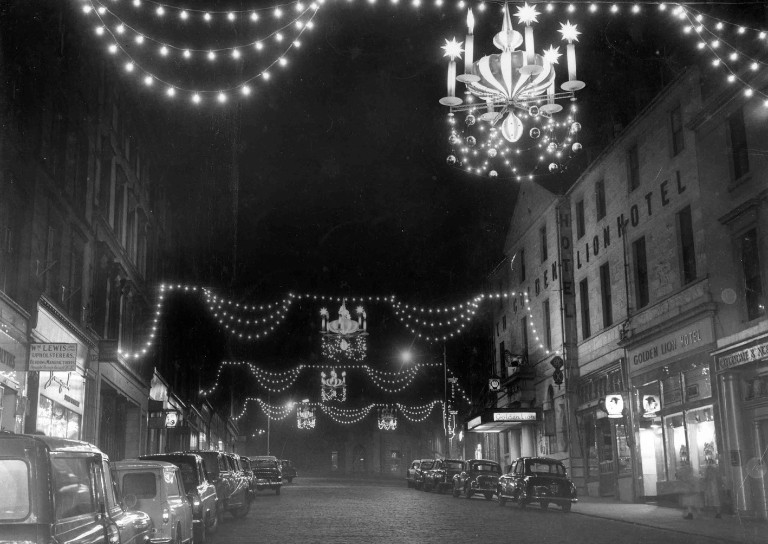
- Stirling’s Historic Graveyards
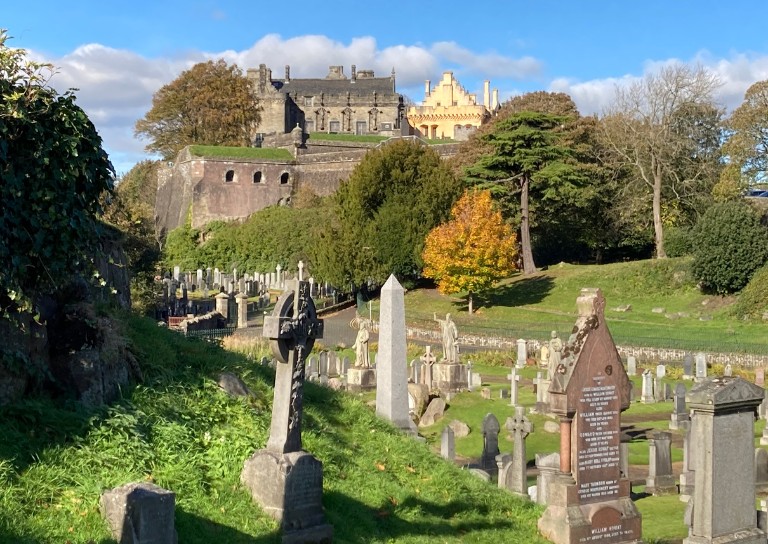
- Top 10 Tips for Architectural Photography
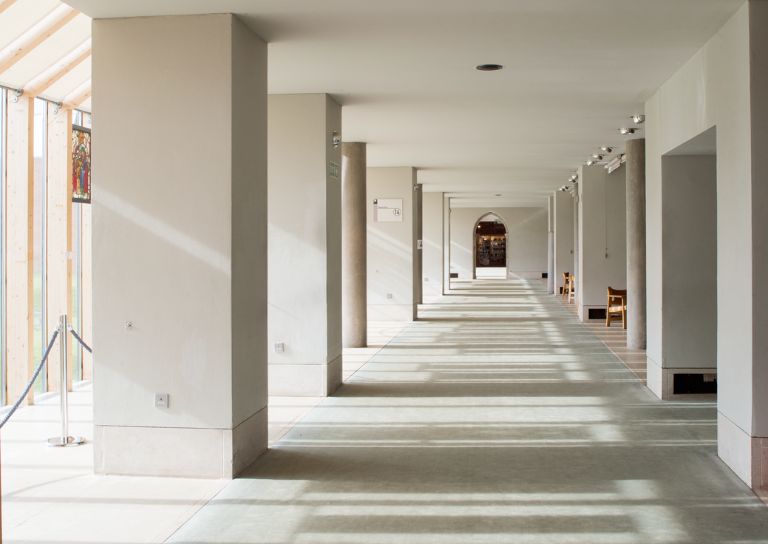
- An Interview with David Galletly
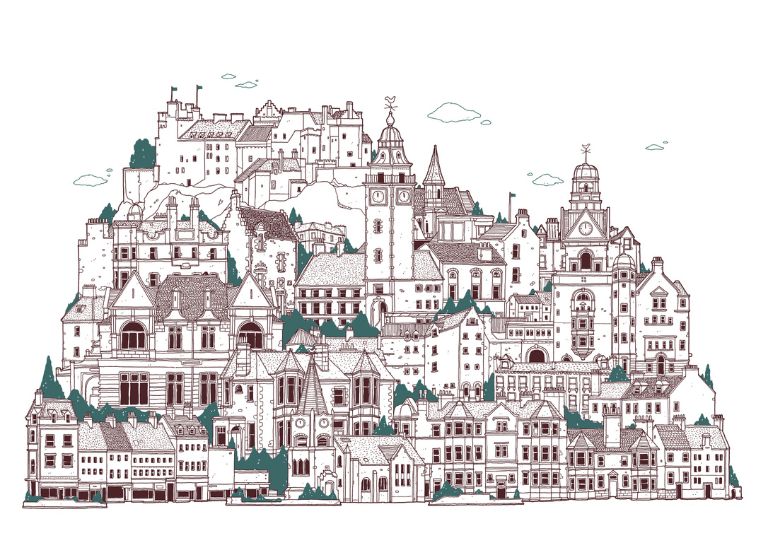
- Springtime in Stirling
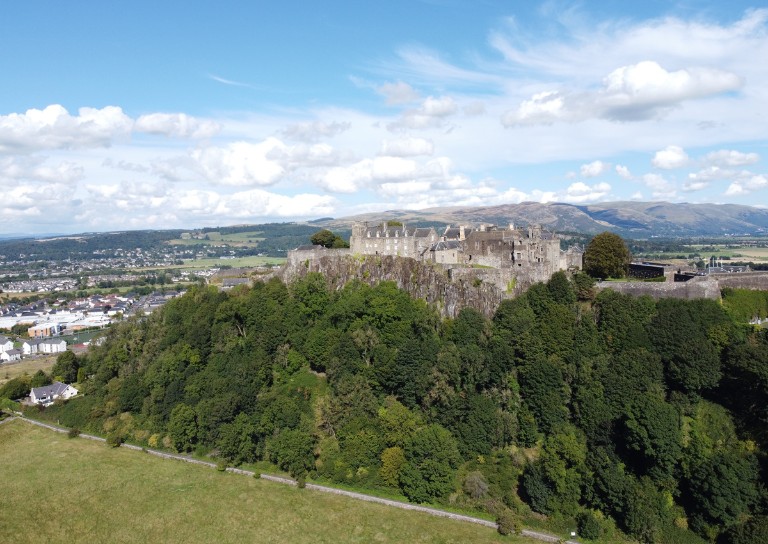
- The Kings Knot – a history
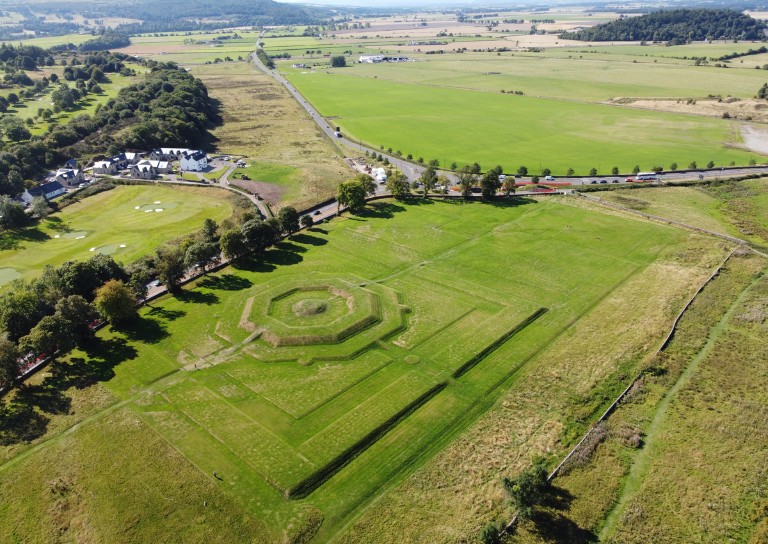
- A Future in Traditional Skills

- Robert Burns’ First Trip to Stirling

- Stirling’s Witches
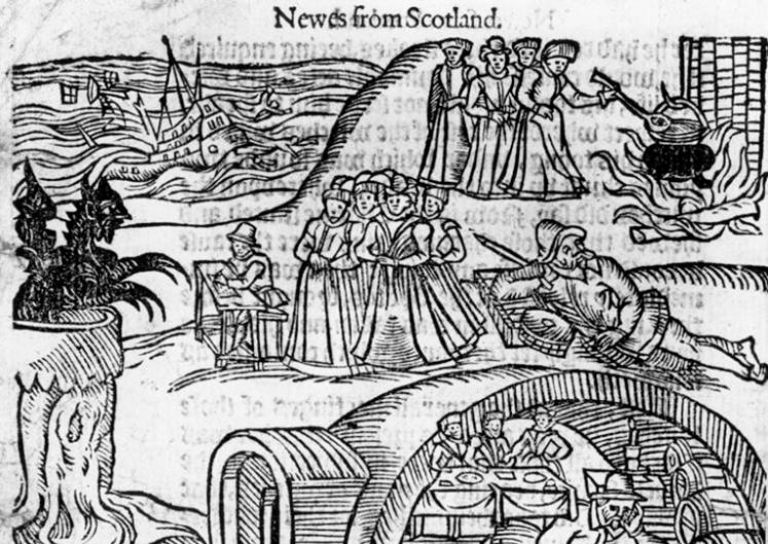
- Stirling’s Ancient Wells
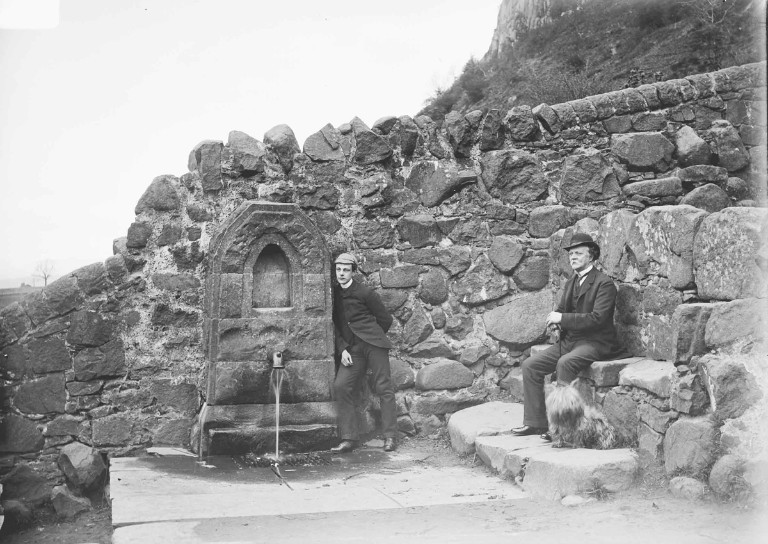
- An architecture student’s take on the City Of Stirling
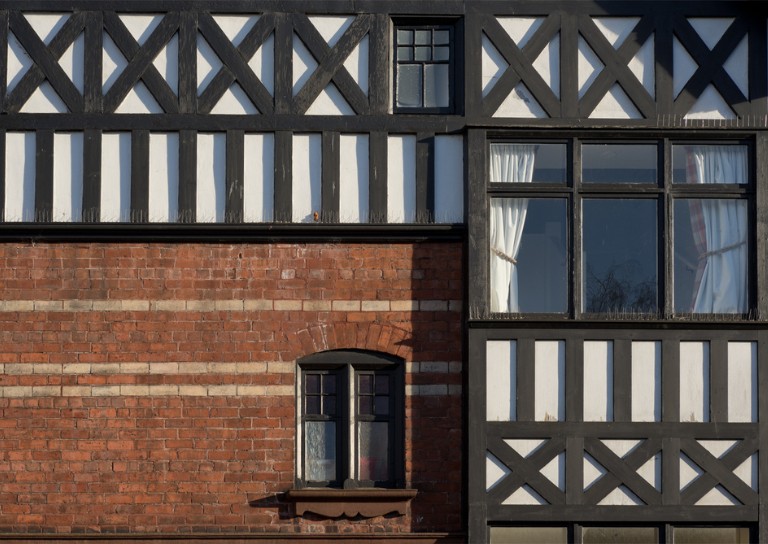
- Ronald Walker: Stirling’s Architect
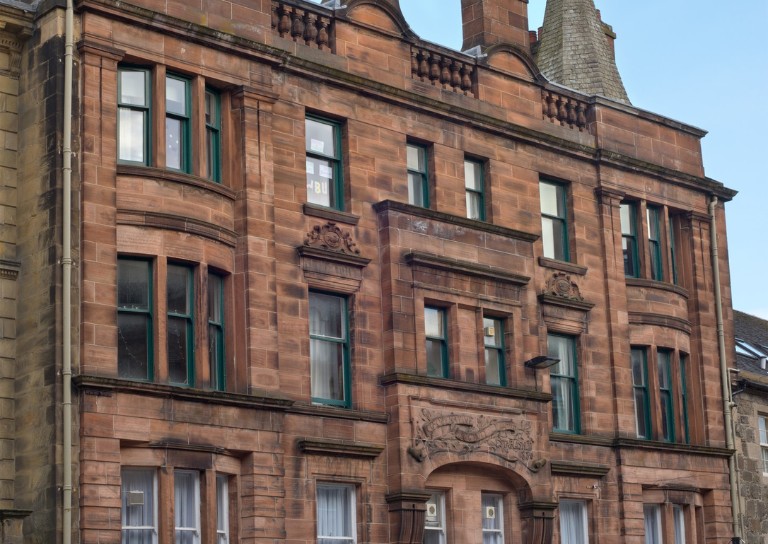
- Stirling’s Statues
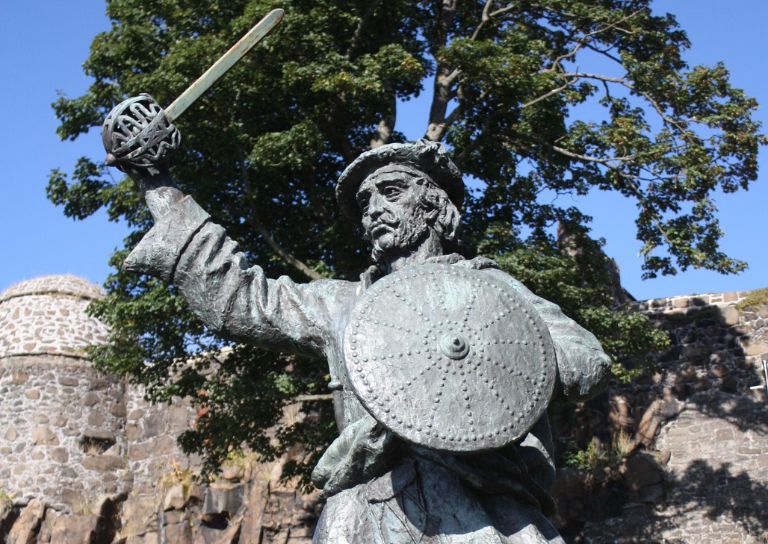
- Stirling’s Wee Bungalow Shops
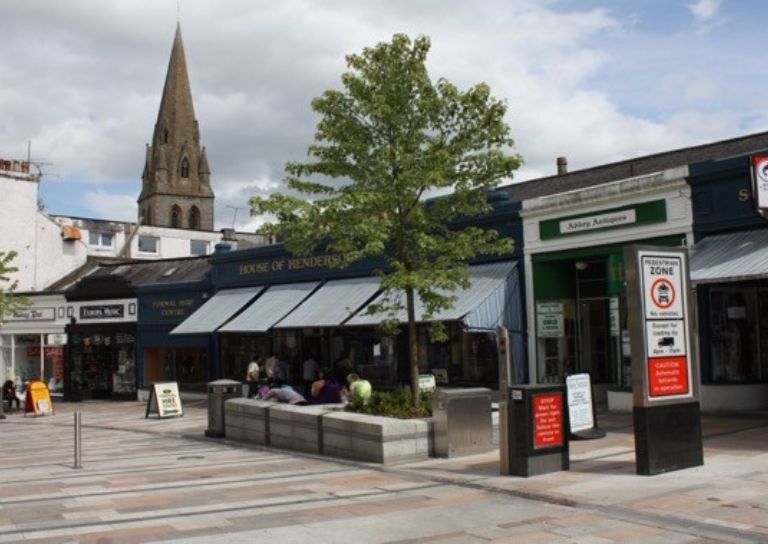
- Stirling’s Historic Hospitals
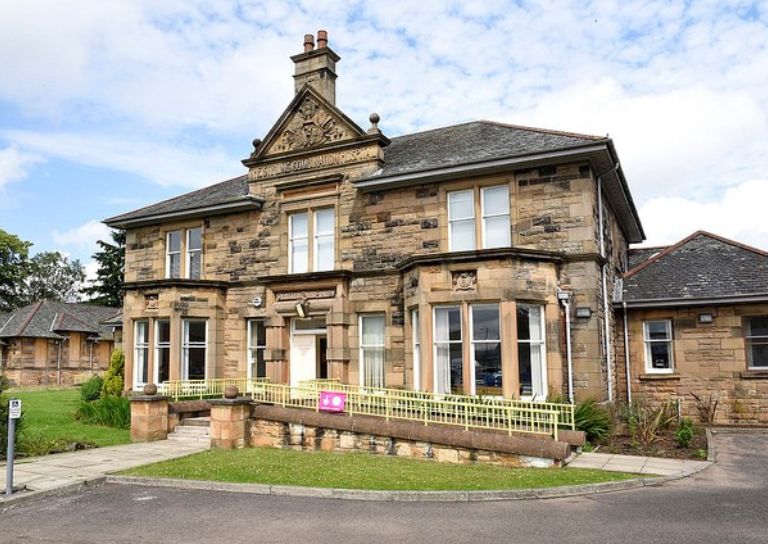
- Women in Digital Innovation and Construction
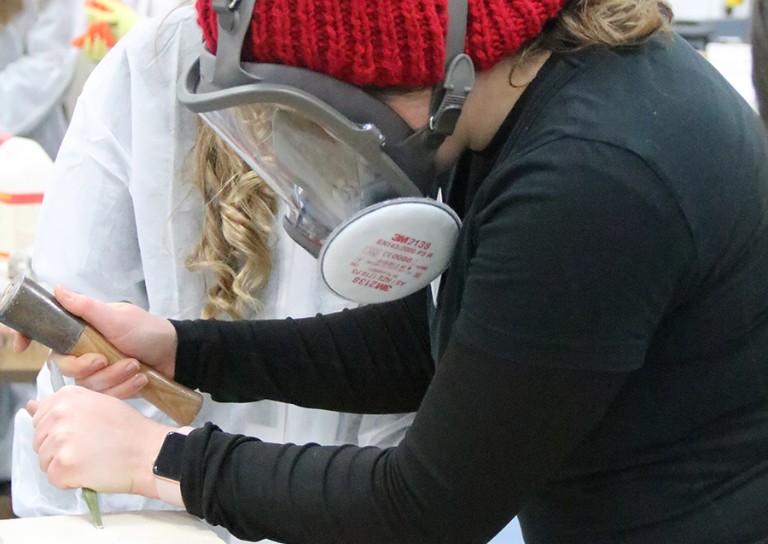
- Heritage at home: 8 of the best online heritage resources
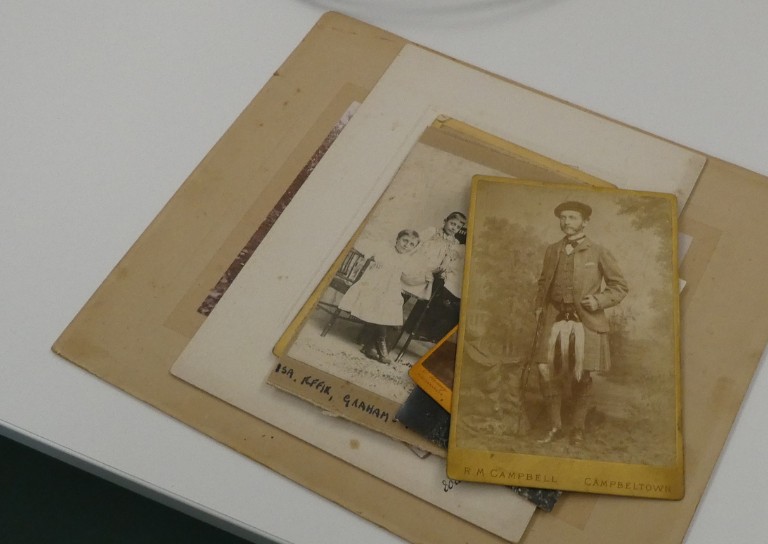
- Stirling featured at virtual heritage conference
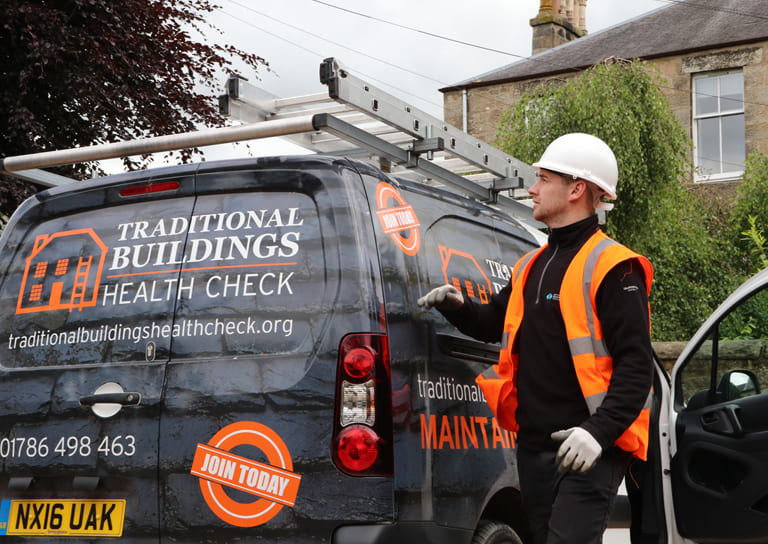
- Five of Stirling’s greatest John Allan buildings
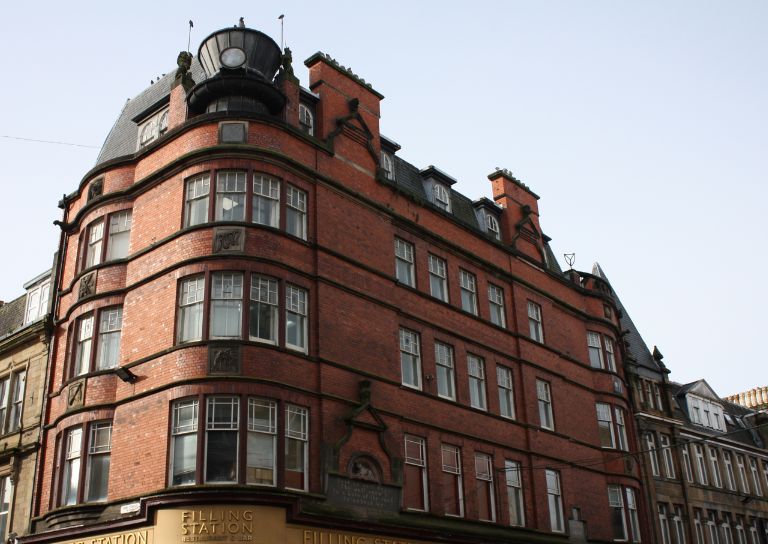
- Women in Construction – Stirling event report

- Scotland’s trailblazing women architects
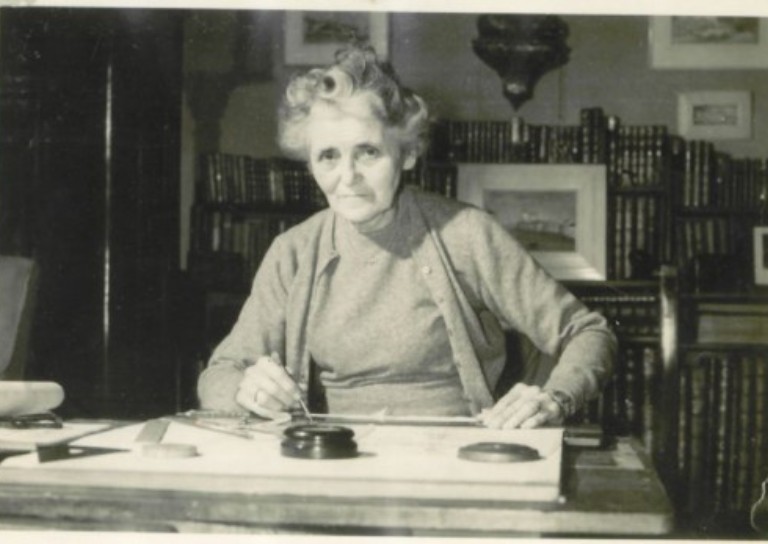
- Stirling’s Heritage: Spotlight on The Granary
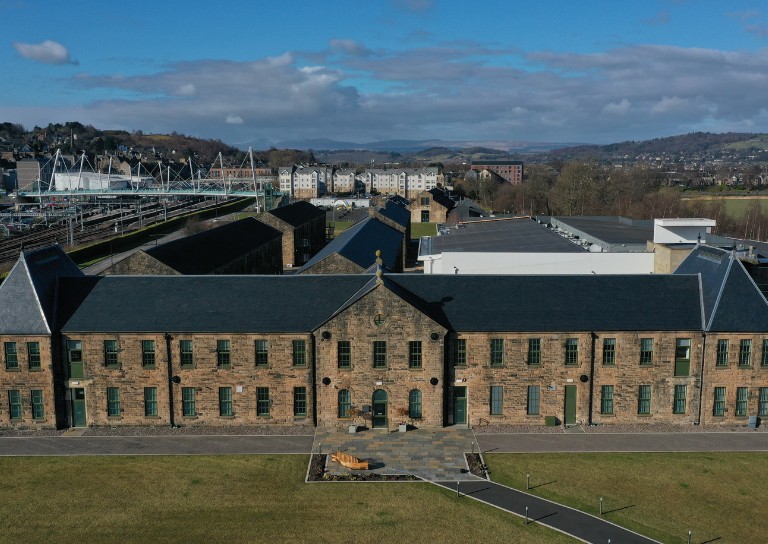
- TBHC Scheme now open to properties in Dunblane and Blairlogie
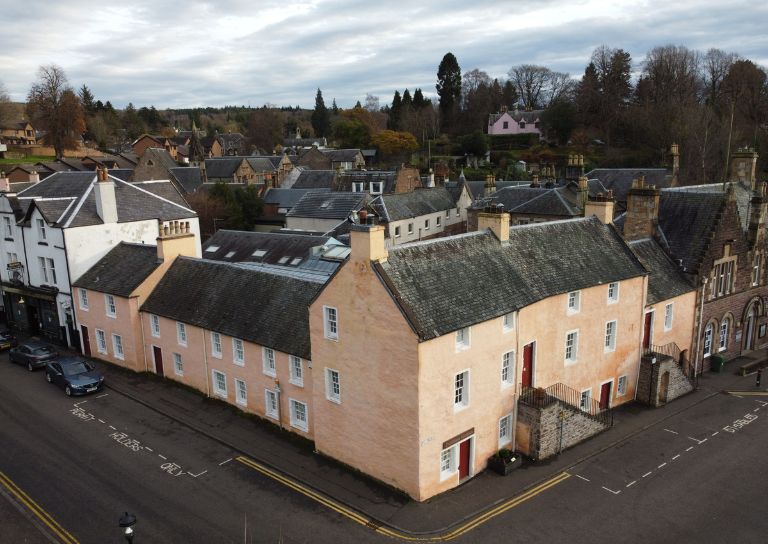
- How drones help us inspect traditional buildings

- Hazardous Masonry & Masonry Falls
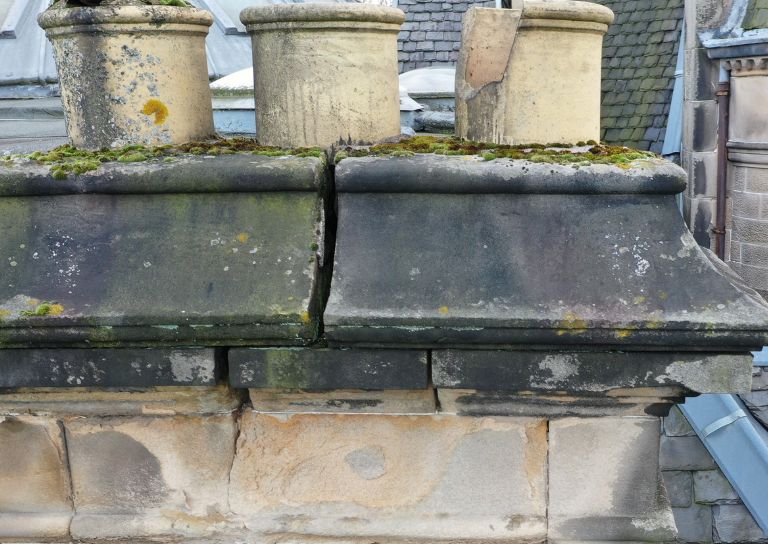
- Mason Bees: What’s the Buzz?
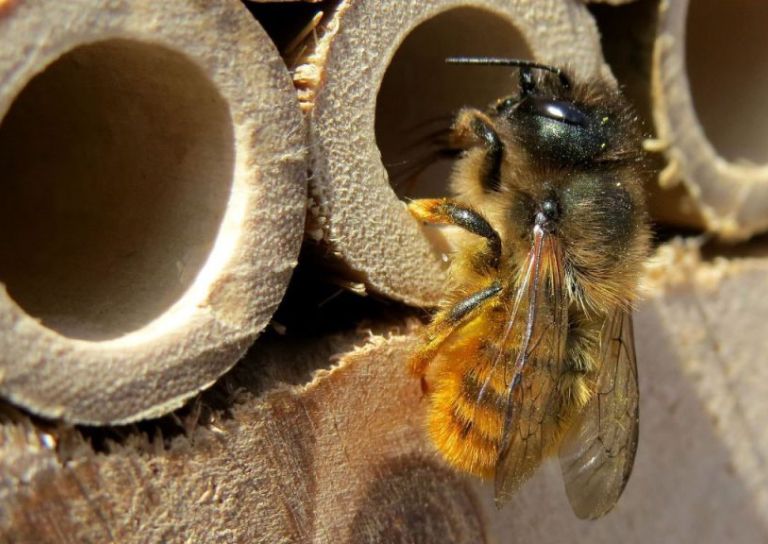
- Stirling Traditional Skills Demonstration Day Success!
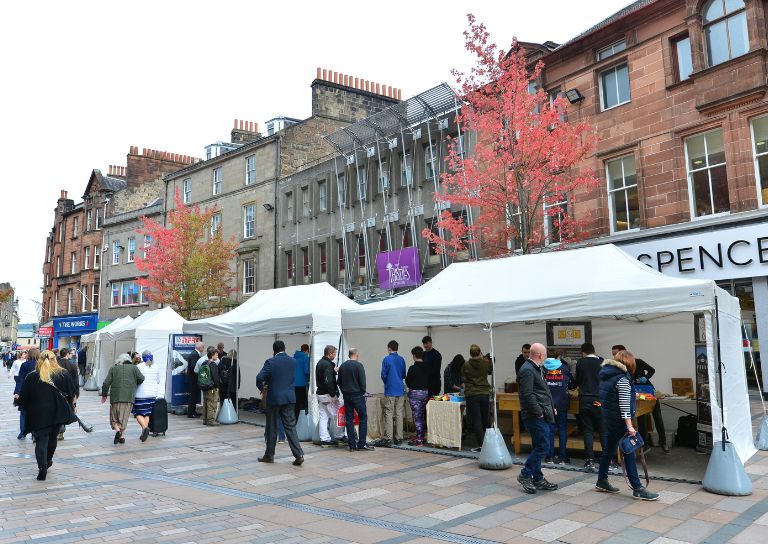
- Floating Head Sculpture at Garden Glasgow Festival 1988
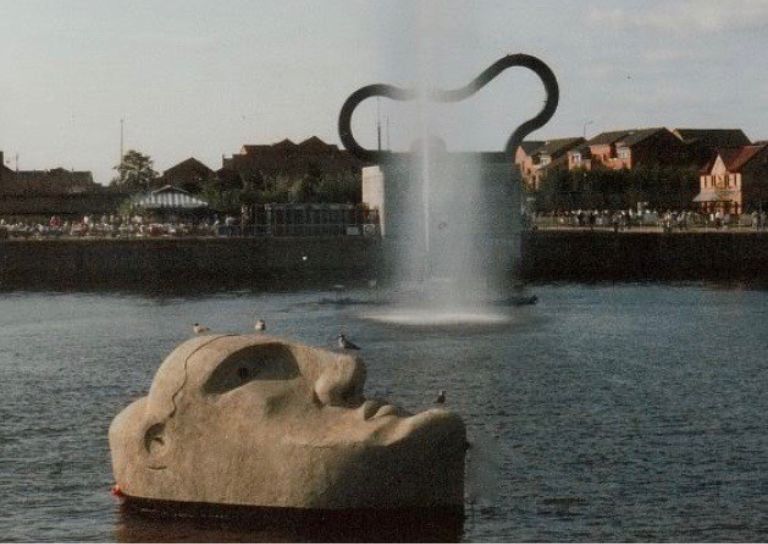
- The story behind Paisley Abbey’s Alien gargoyle
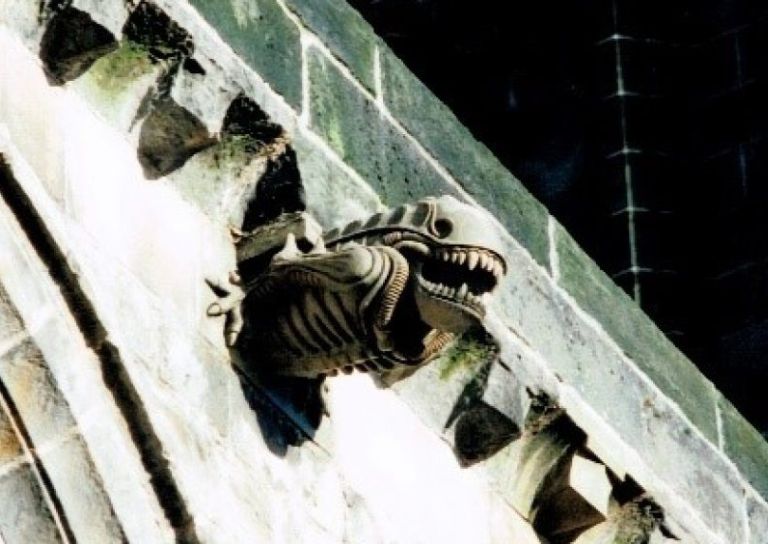
- Cambuskenneth Abbey

- Stirling City Heritage Trust Publications

- Sharing Memories: Taking '20 Great Buildings of Stirling' into the community

- William Wallace Statues In Stirling
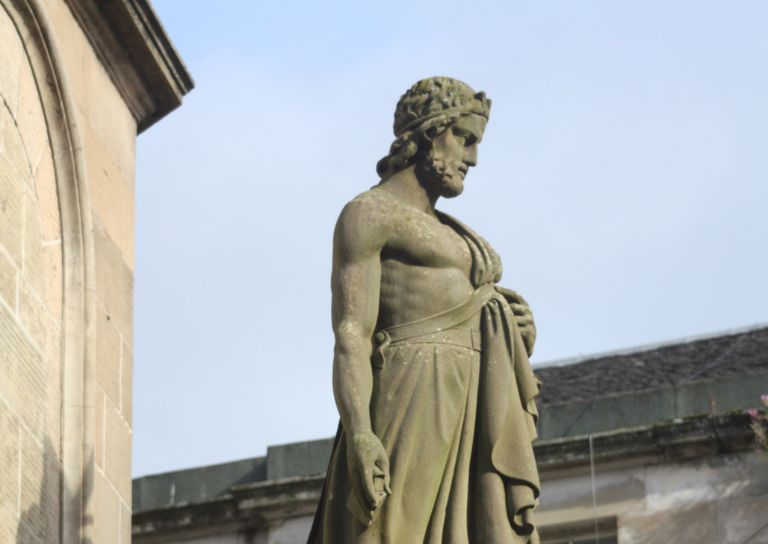
- Coronations and Royal Christenings in Stirling
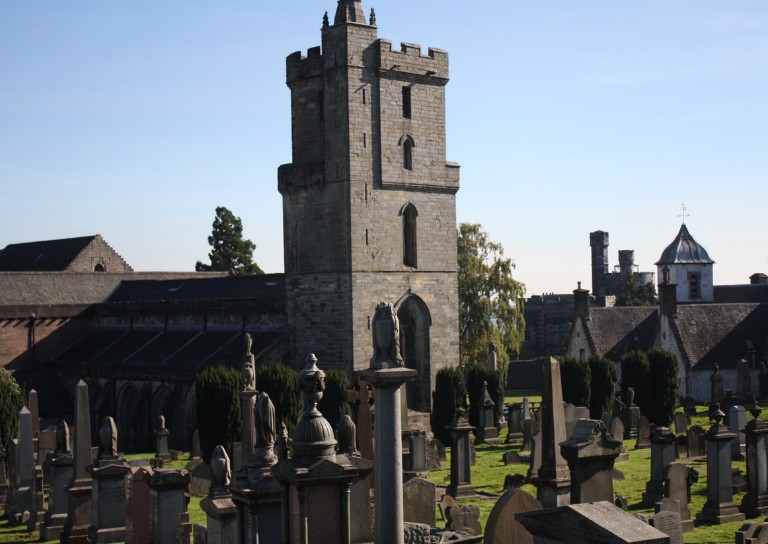
- The development of King's Park
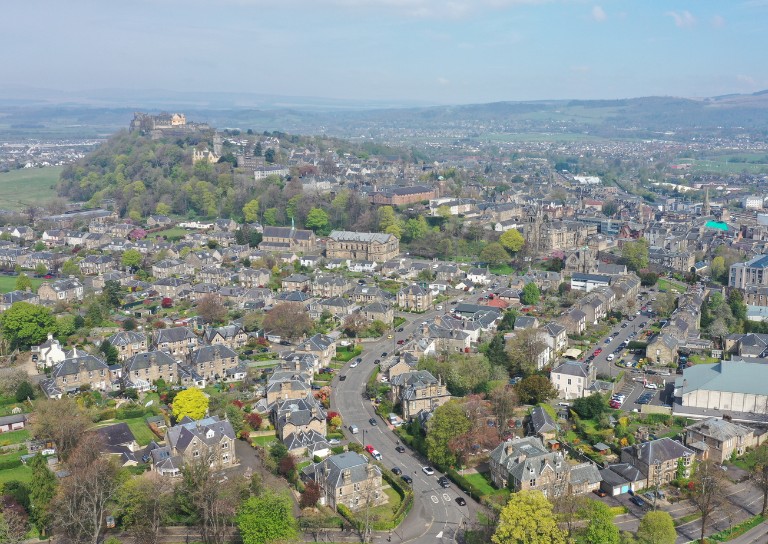
- Energy efficiency project awarded grant from Shared Prosperity Fund
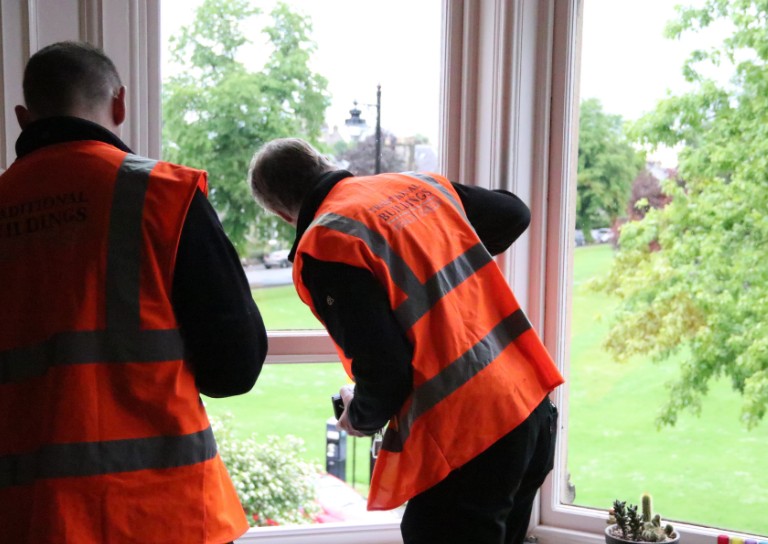
- Inspiring the Future: Stirling City Heritage Trust's Women in Construction Event at Wallace High
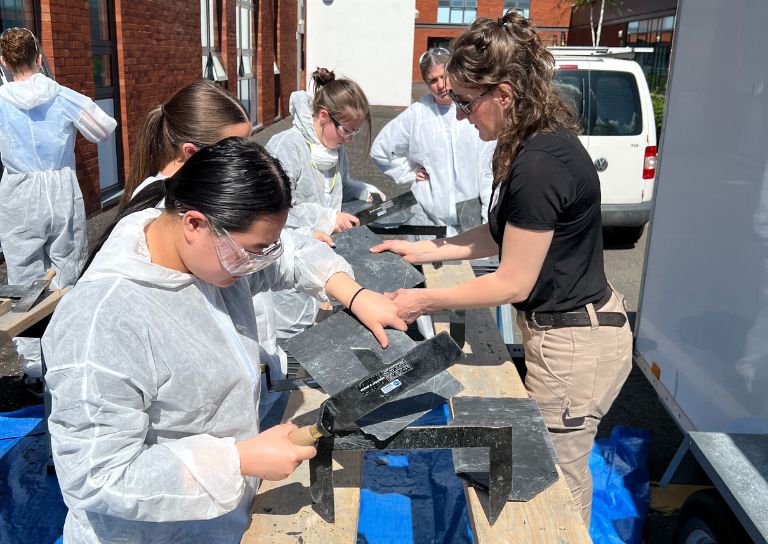
- Doors Open Days Talk: Who Built Stirling?
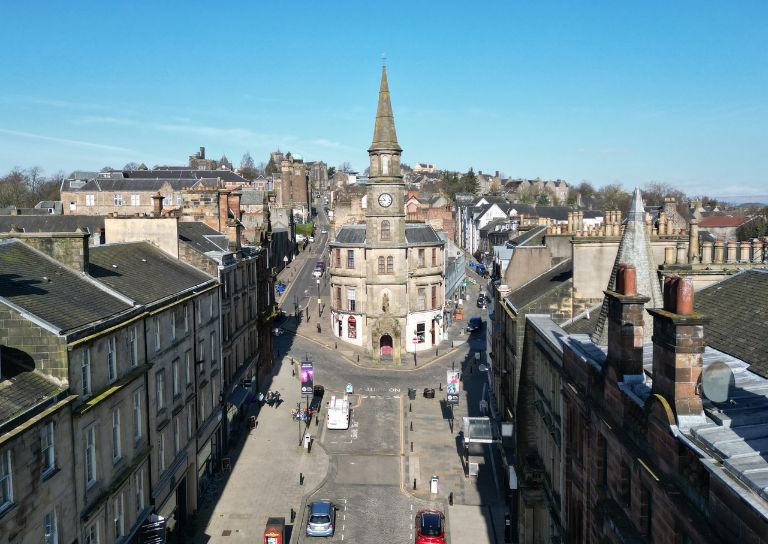
- 10 Years of the Traditional Buildings Health Check
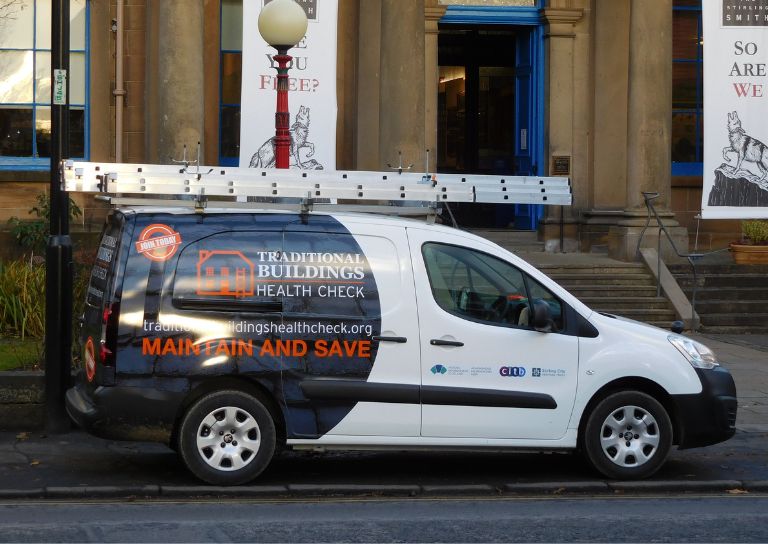
- Growing up in Stirling: A Night of Reminiscence at The Smith
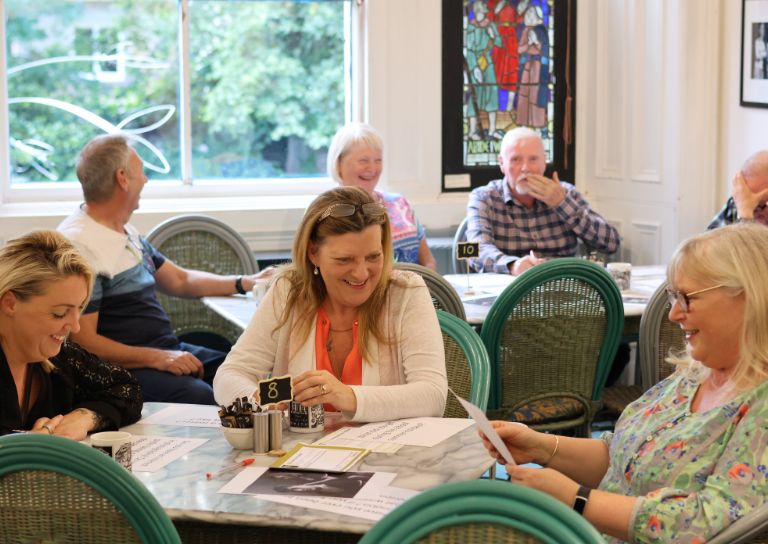
- SCHT visit to Brucefield Estate, Forestmill, Clackmannanshire
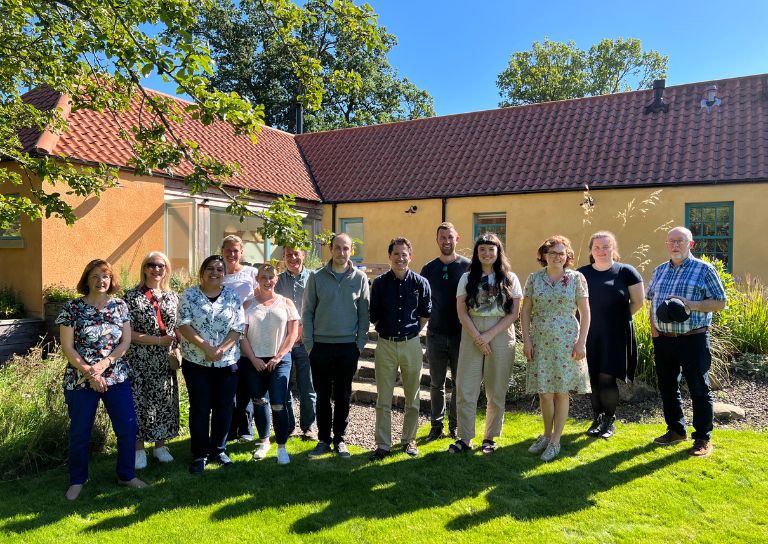
- Statement on Christie Clock
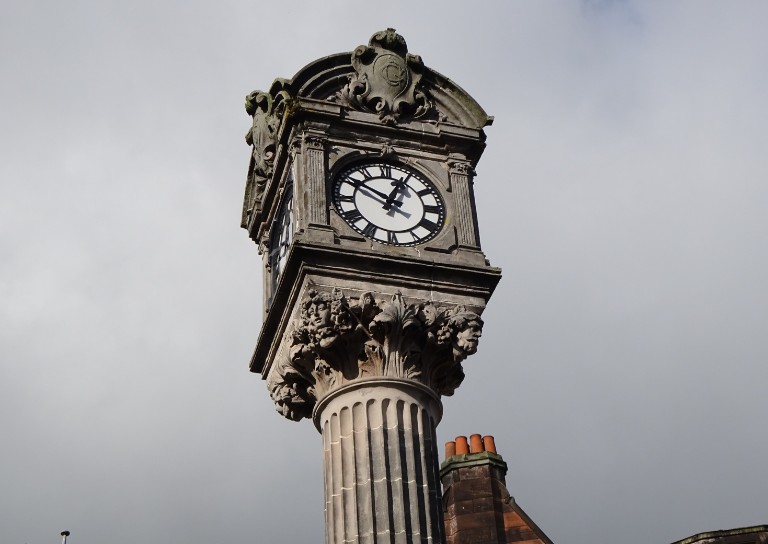
- Stirling’s Lost Skating Heritage
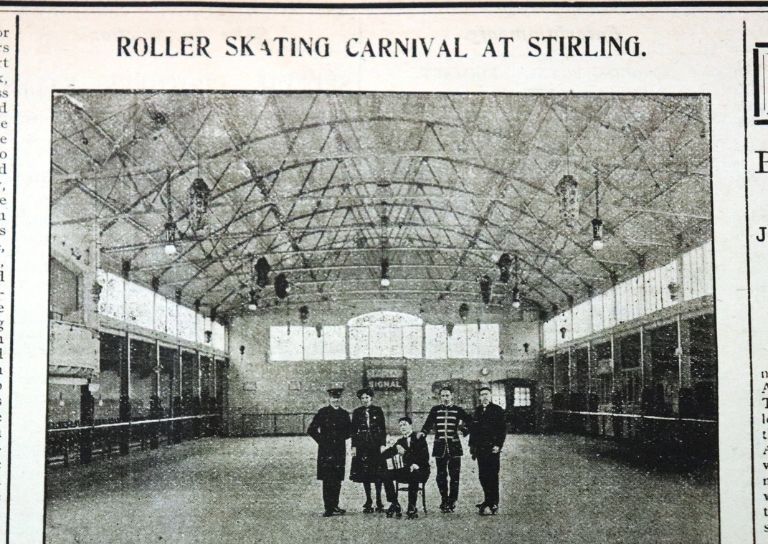
- Laurelhill House and the West Indies
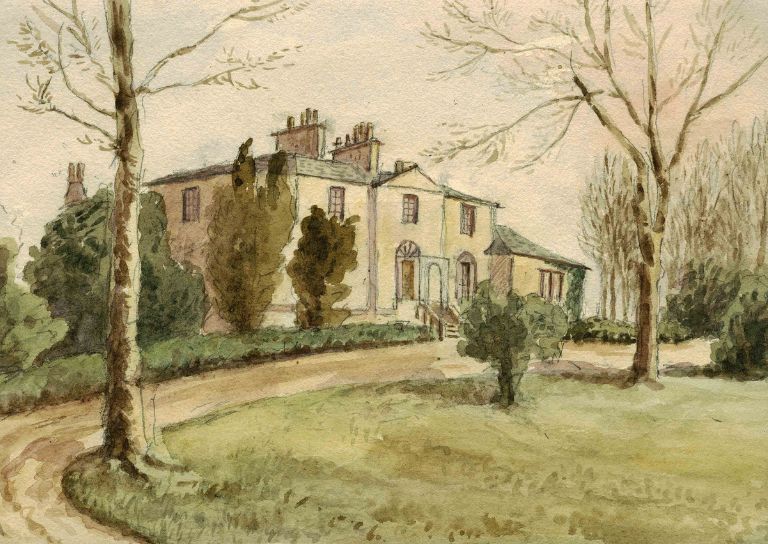
- Beechwood House and the Transatlantic Slave Trade
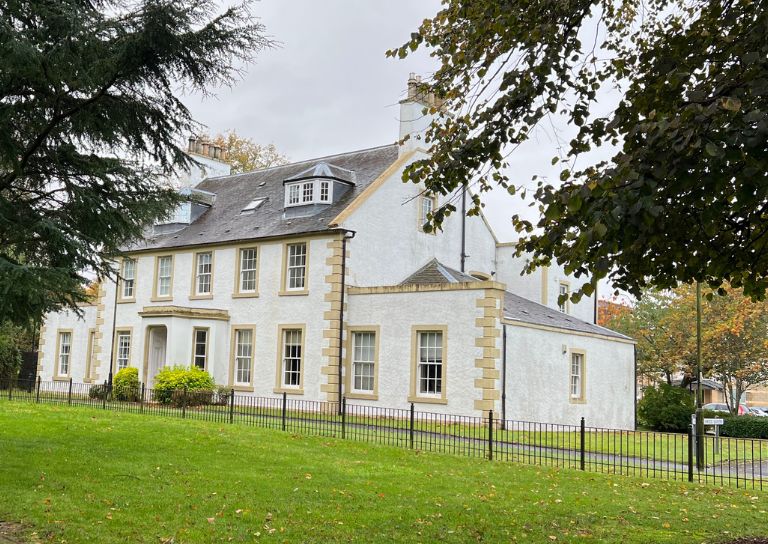
- Retrofitting Traditional Buildings
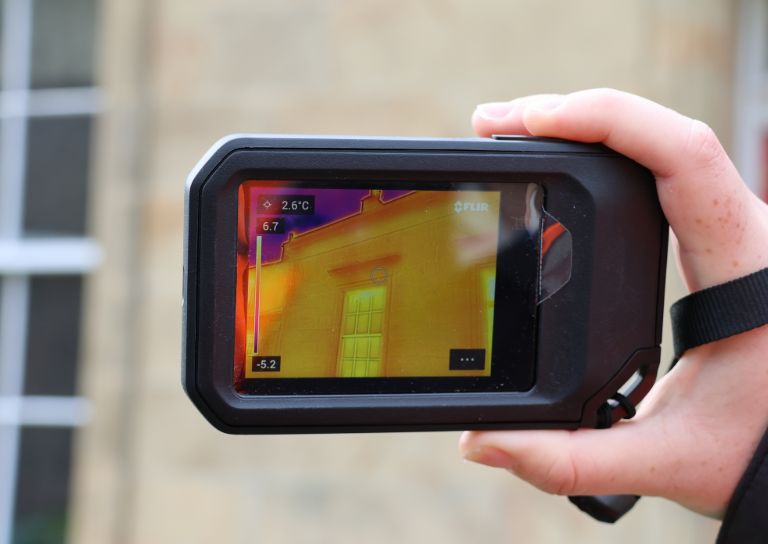
- Building Resilience: Maintaining Traditional Buildings
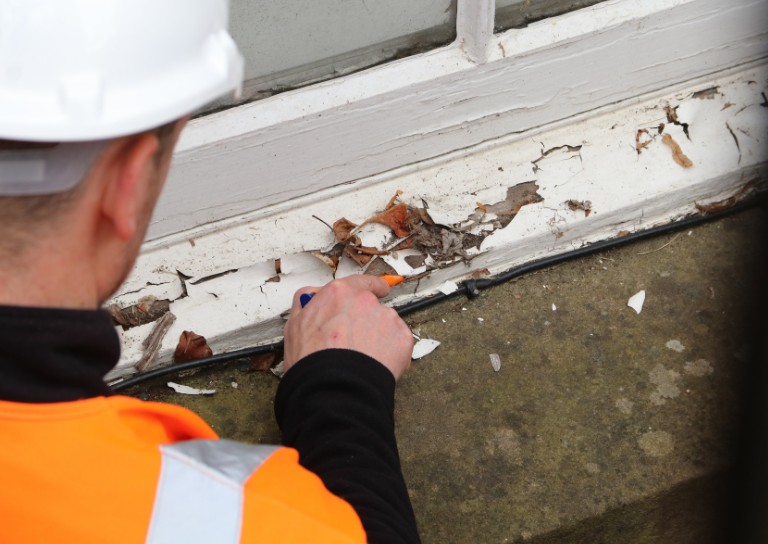
- Shopping Arcades
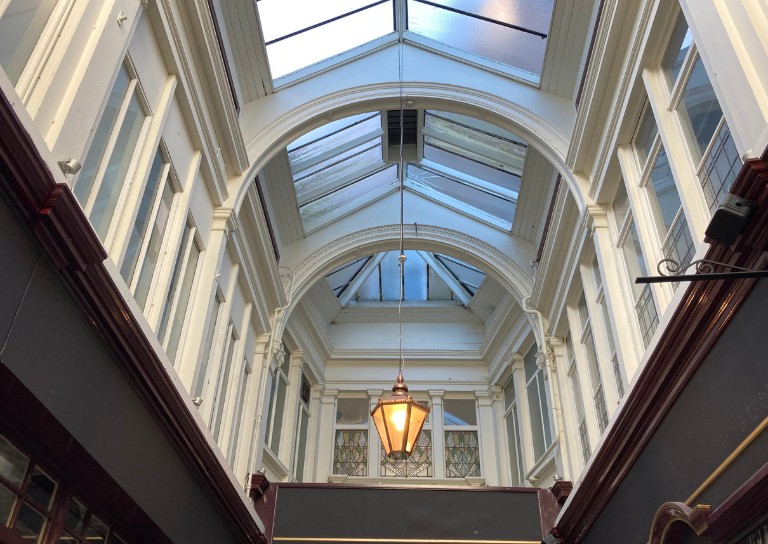
- Retrofitting Traditional Buildings: Fabric First
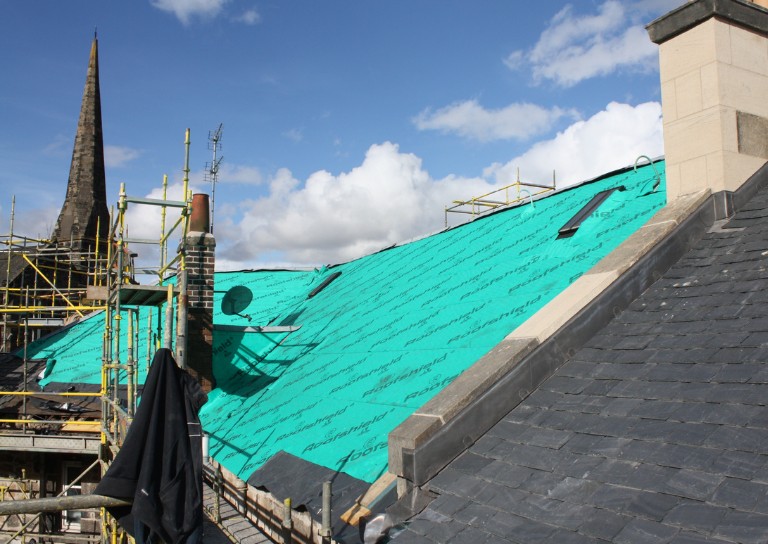
- Stirling Reminiscence Box
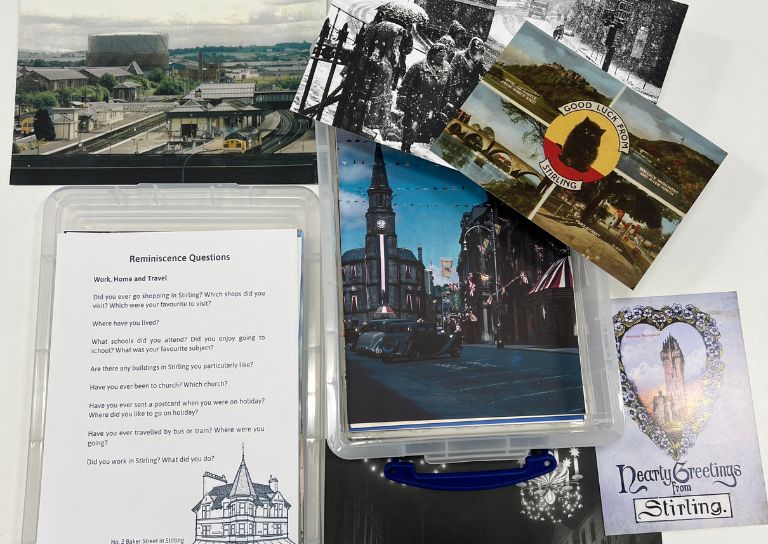
- Level 3 Award in Energy Efficiency for Older and Traditional Buildings Retrofit Course (2 Day)
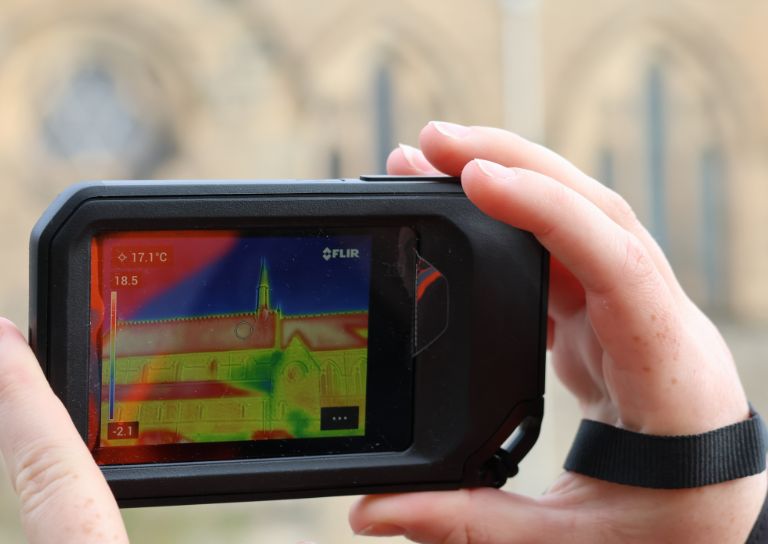
- New Retrofit Service now available for Traditional Buildings Health Check Members

- Retrofitting Traditional Buildings: Windows
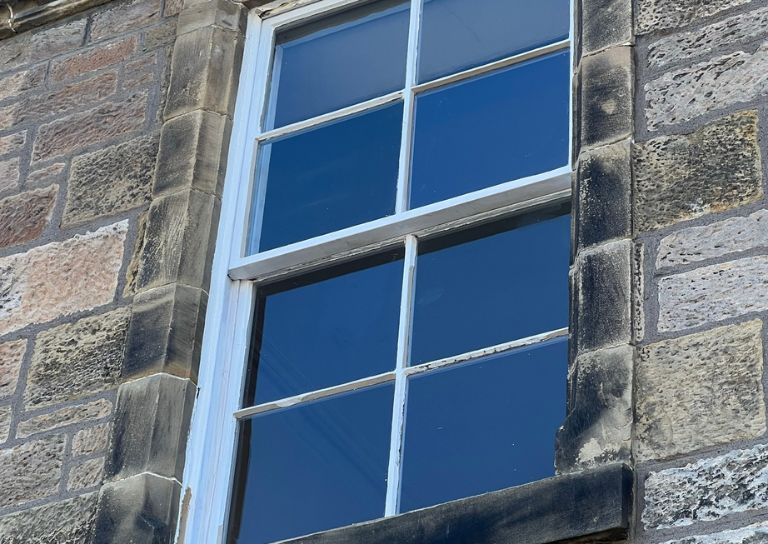
- Architects and The Thistle Property Trust

- Retrofitting Traditional Buildings: Insulation
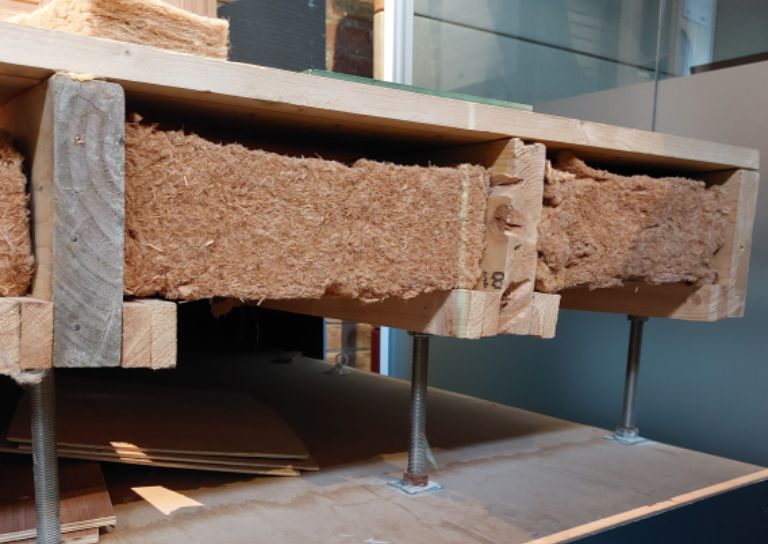
- Stirling City Heritage Trust at 20
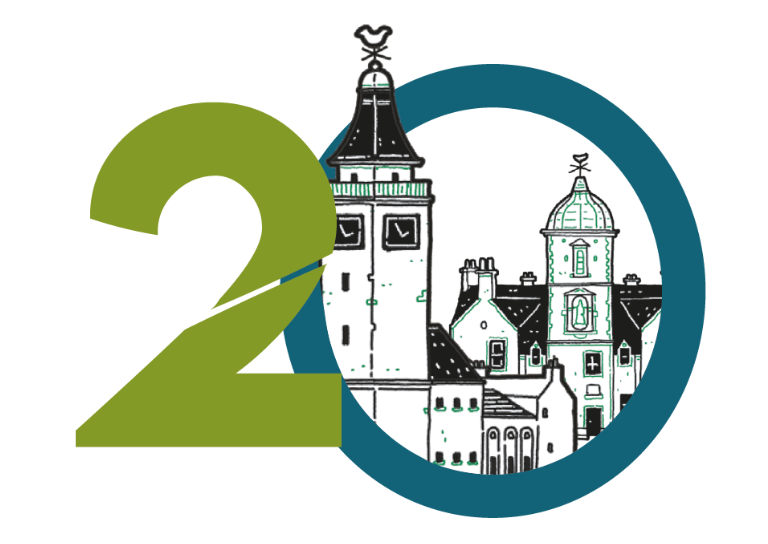
- Miss Curror and the Thistle Property Trust
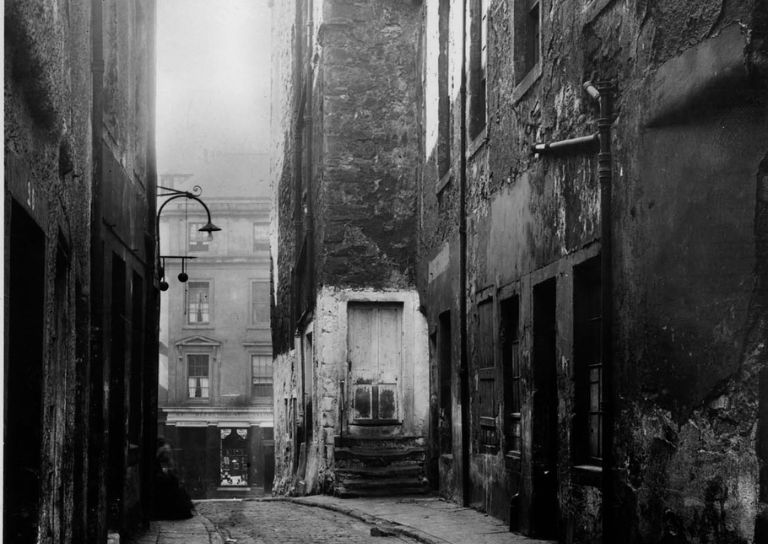
- Retrofitting Traditional Buildings: Chimneys
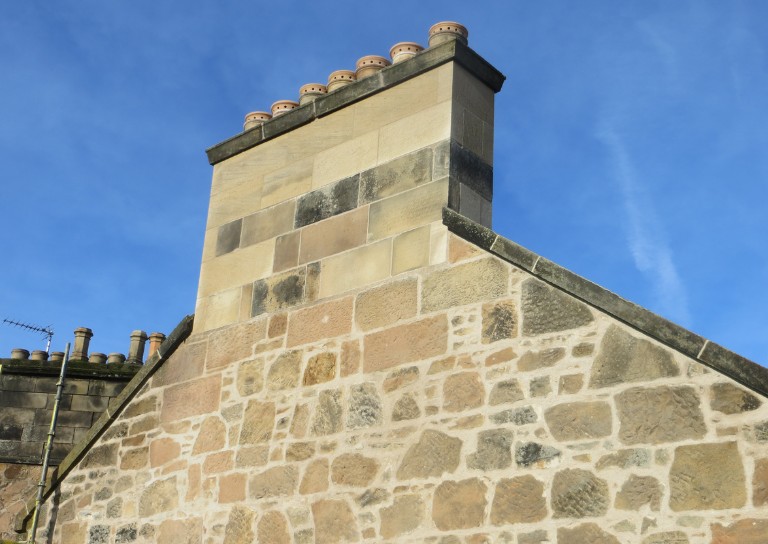
- Statement on Langgarth House

- World Heritage Day: Exploring Hayford Mill
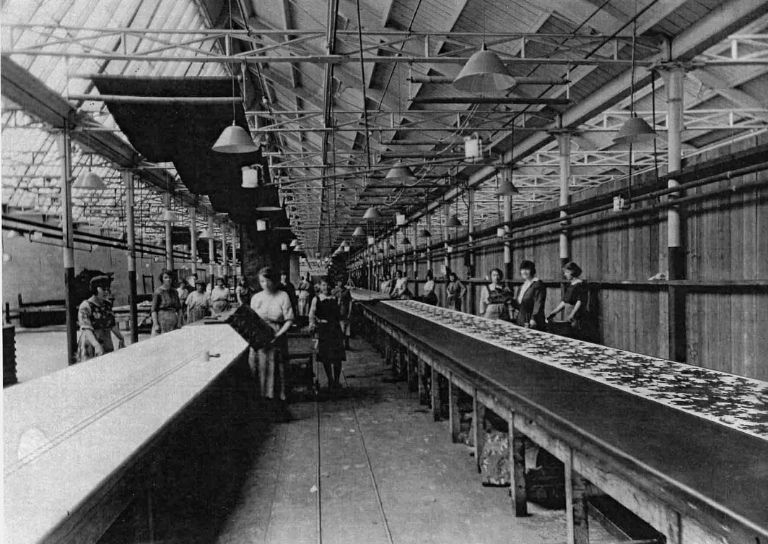
- Retrofitting Traditional Buildings: Climatic Adaptation
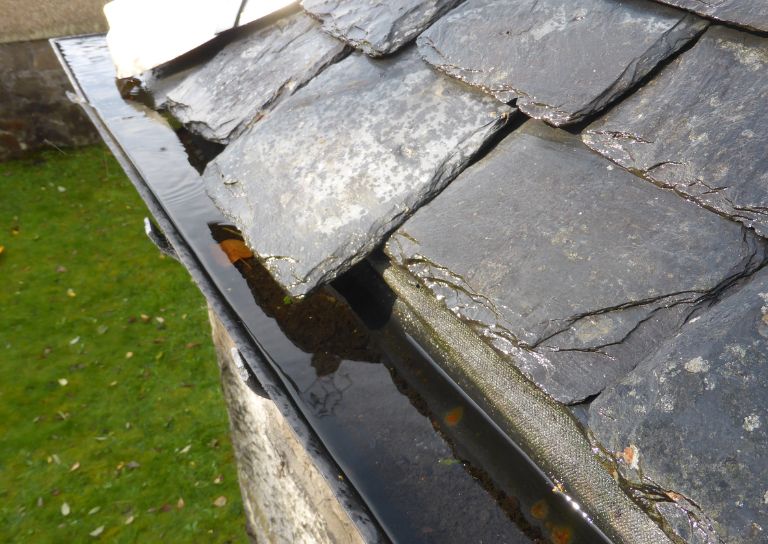
- SCHT 20: Championing Women in Construction
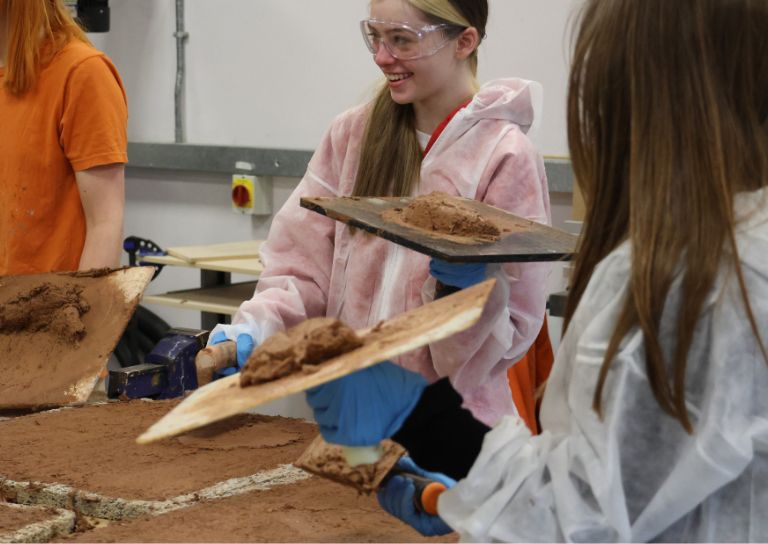
- Guest Blog: Dementia Friendly Heritage Interpretation

- Community Consultation launched for Stirling’s Heritage Strategy
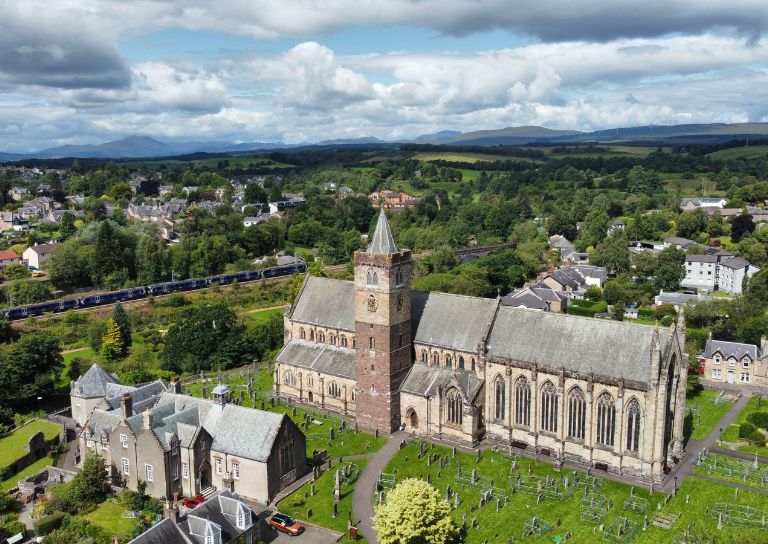
- Stirling's Lost Swimming Pools
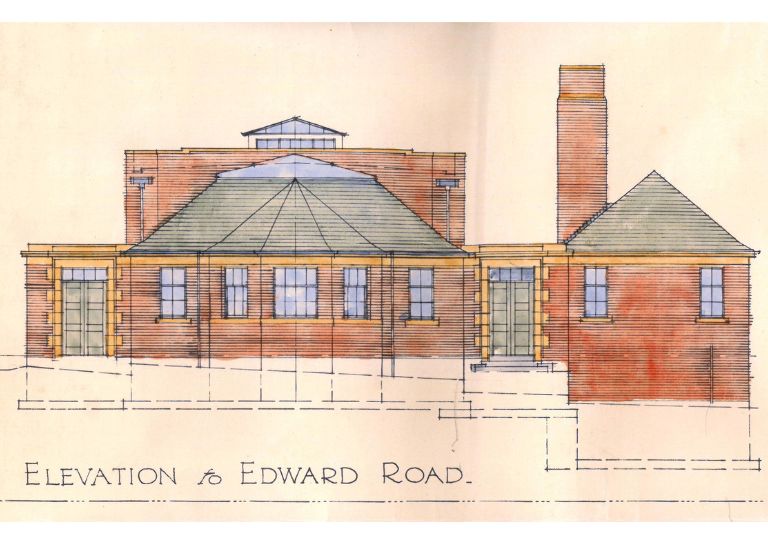
- SCHT Grant Conditions: Owners Associations
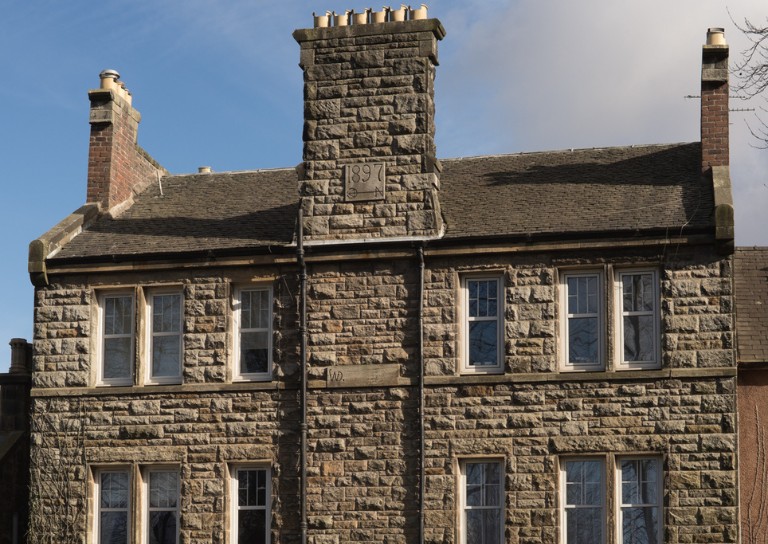
- Kings, Wolves and Drones: 20 years of care and repair at Stirling City Heritage Trust

- SVE Inspire Awards September 2024

- Women in Construction at Bannockburn House
- About Us
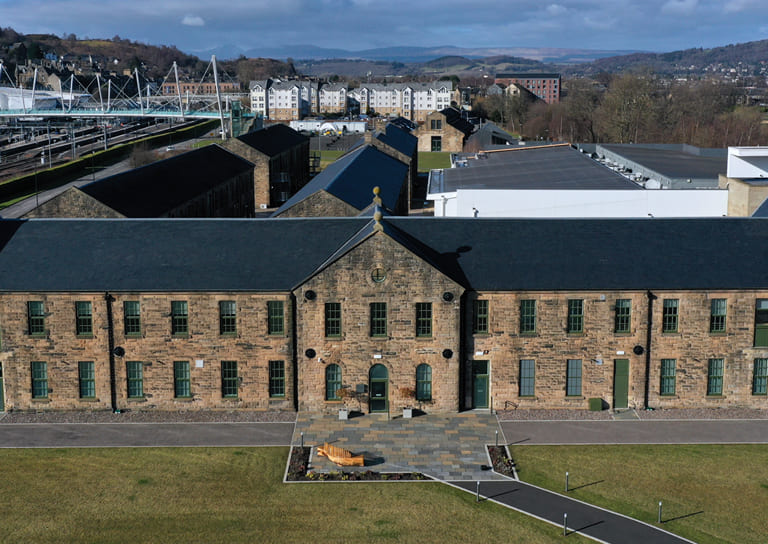
- Support Us
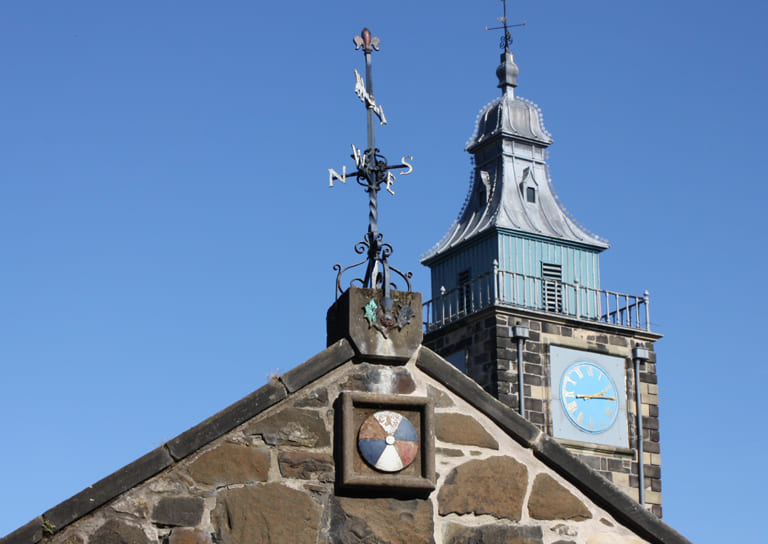
- Contact
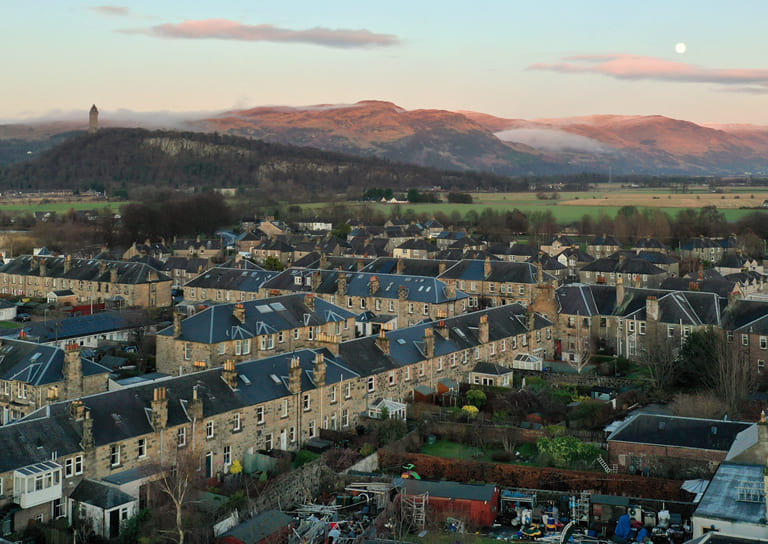
Explore Historic Stirling

1
King’s Knot
King's Knot was a constructed for Charles I between 1627-9. The area is covered in grass now, but it was originally an ornamental garden. Find Out More
2
The Stirling Smith Art Gallery and Museum
Local artist Thomas Stuart Smith left a bequest to build an art gallery, museum and reading room for the people of Stirling, it was originally known as The Smith Institute. Find Out More
3
Kings Park
Constructed on part of the King’s Royal Park below Stirling Castle, Kings Park is one of Scotland’s most important Victorian suburbs. Find Out More
4
Albert Halls
Designed by Stirling architect William Simpson (senior) and opened in 1833, the Albert Halls were built by public subscription as the growing population of Stirling wanted a large concert hall. Find Out More
5
Stirling War Memorial
Erected in 1922 and designed by Stirling architect George R Davidson to commemorate those who fell during World War I. Find Out More
6
The Municipal Buildings
Stirling’s Municipal Buildings were designed by John Gaff Gillespie in 1908, but World War I interrupted construction, and it was only partially completed by 1918. Find Out More
7
Stirling Central Library
Stirling’s Central Library is a Carnegie Library, designed by Harry Ramsey Taylor in the Scottish Baronial style in 1904. Find Out More
8
Wolfcraig
Designed by Stirling architect John Allan in 1897 for grocers Robertson & MacFarlane. It is an early example of a partially steel framed building. Find Out More
9
Stirling Train Station
In 1912 a new station building was designed by Glasgow architect James Miller, replacing the first station building built in 1848. Miller designed c.70 train stations across Scotland. Find Out More
10
King Street
Known in medieval times as the High Gait, by the 18th century it was called Quality Street. In 1821, it became King Street in celebration of George IV’s coronation. Find Out More
11
Stirling Arcade
One of only five 19th century shopping arcades in Scotland, built for William Crawford, a china merchant and Stirling councillor. Find Out More
12
Athenaeum
The Athenaeum opened in 1817 as a private library and meeting rooms for Stirling’s wealthier inhabitants. It was designed by architect William Stirling I from Dunblane. Find Out More
13
55 Baker Street
Built in 1890 and designed by Stirling architect John Allan, this English Tudor style corner tenement was his first building in brick. Find Out More
14
Stirling High School
Built in 1854-6 as a school and converted into a hotel in 1990, this Gothic Revival building was designed by the Hays of Liverpool. Find Out More
15
Top of the Town
Between 1936-1953 the Top of the Town was redeveloped in a style sympathetic to the vernacular architecture by pioneering town planner, Sir Frank Mears. Find Out More
16
John Cowane’s House
John Cowane’s House is a Category A Listed ruin situated on St Mary’s Wynd below Stirling Castle. It is one of the Stirling CARS Priority Projects. Find Out More
17
Broad Street
Broad Street was the commercial and administrative heart of the medieval Burgh. The Tolbooth was built in 1705, and the unicorn of the Mercat Cross dates to the 16th century. Find Out More
18
Cowane’s Hospital
John Cowane was a wealthy Stirling merchant. When he died in 1633 he left a bequest for the creation of an almshouse/hospital for older Guild Brothers, establishing Cowane’s Hospital. Find Out More
19
Church of the Holy Rude & Cemeteries
The oldest part of the Church of the Holy Rude dates to 1456. It has an important medieval oak roof and late 19th century stained glass. Find Out More
20
Argyll’s Lodging
Argyll’s Lodging is the best surviving example of a 17th century aristocratic townhouse in Scotland. It has been in the care of Historic Environment Scotland since 1996. Find Out More
21
Stirling Castle
One of Scotland’s most important Castles. Successive monarchs have adapted the castle to suit their changing needs, culminating in the Palace built by James IV in the 1500s. Find Out More
22
Bridgehaugh
A Conservation Area which contains the Old and New Stirling Bridges, as well as the Bridge Street Clock Tower. Find Out More
23
Cambuskenneth Abbey
The ruins of a large Arroussian Monastery which was founded by King David I (1084-1153) in 1140 AD. It fell into disuse during the 16th century and the Scottish Reformation. Find Out More
24
Bannockburn House
A 17th century mansion house with ornate plaster ceilings. Once owned by the Wilson’s of Bannockburn, wealthy tartan manufacturers, it is now owned by the local community. Find Out More- 1King’s Knot
- 2The Stirling Smith Art Gallery and Museum
- 3Kings Park
- 4Albert Halls
- 5Stirling War Memorial
- 6The Municipal Buildings
- 7Stirling Central Library
- 8Wolfcraig
- 9Stirling Train Station
- 10King Street
- 11Stirling Arcade
- 12Athenaeum
- 1355 Baker Street
- 14Stirling High School
- 15Top of the Town
- 16John Cowane’s House
- 17Broad Street
- 18Cowane’s Hospital
- 19Church of the Holy Rude & Cemeteries
- 20Argyll’s Lodging
- 21Stirling Castle
- 22Bridgehaugh
- 23Cambuskenneth Abbey
- 24Bannockburn House


